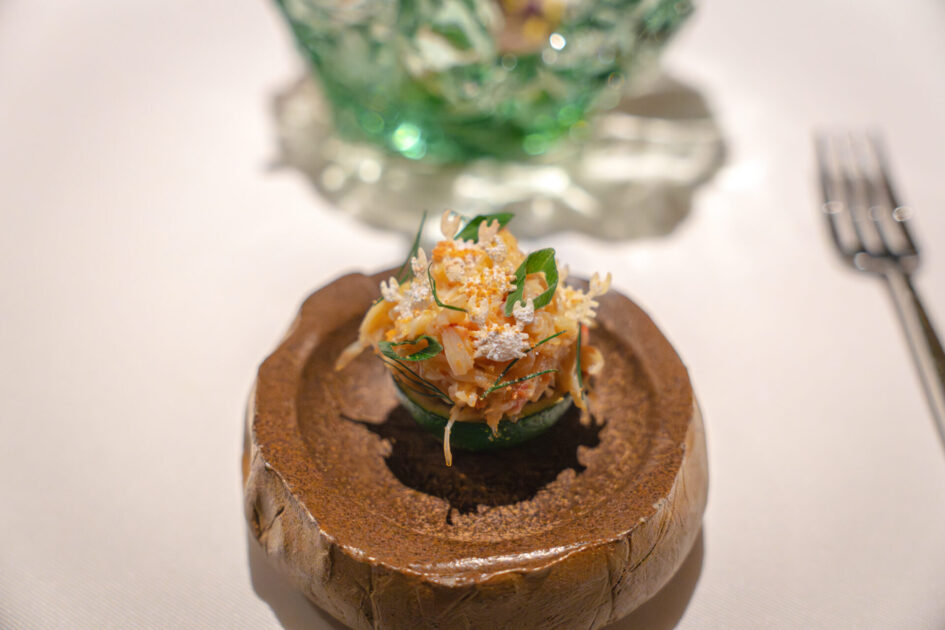CONTENTS
About Noce
Concept
Originally acclaimed in Kagoshima, the creative Italian restaurant NOCE embarked on a new chapter in December 2023, relocating to Hirao, Fukuoka. Just a 10-minute walk from Nishitetsu Hirao Station, NOCE now welcomes guests into a bright, clean, white-toned space that radiates the warmth of a relaxed “family dinner”—unpretentious and inviting.
The name “NOCE” means “walnut” in Italian. It carries a heartfelt message: “Just like slowly savoring the richness hidden within a hard shell, we want our dishes to reveal deeper layers of flavor over time.” The name also connects to the chef’s daughter, whose name is Kurumi (Japanese for “walnut”), highlighting the restaurant’s true essence—a place built by and for family.
With this spirit of a family-run restaurant, NOCE delivers each dish with sincerity, precision, and an uncompromising attention to flavor and composition. It is a place that embodies both warmth and quiet strength.
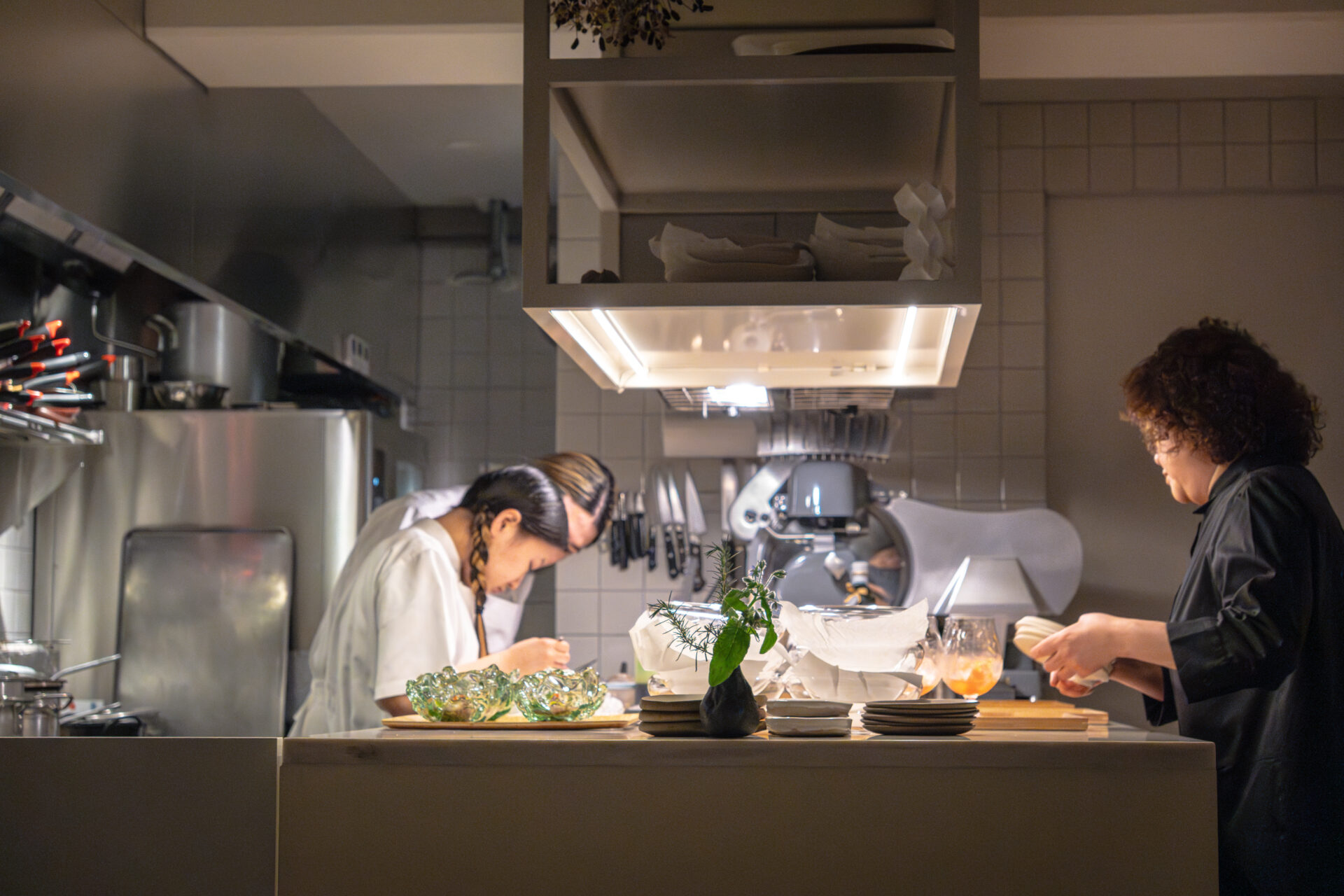
About Chef Shota Yamaguchi
Chef Shota Yamaguchi launched NOCE in Kagoshima in 2010 with his wife, Satomi. A classically trained chef, he honed his skills at Pergola, the predecessor to the two-star restaurant Prisma in Minami-Aoyama, Tokyo.
Until its relocation in late 2023, Chef Yamaguchi built a loyal following in Kagoshima. His cooking is a harmonious blend of classical and creative, showcasing both seafood and meats to their fullest potential.
His wife Satomi brings even more years of culinary experience, contributing not only to service but also to menu development and preparation—truly the okami (matron) of NOCE. Their daughter Kurumi also works in the kitchen, creating a unique dynamic where each family member brings their own strength to the team. This intimate collaboration translates into warmth that is felt in every dish—a hallmark of NOCE.
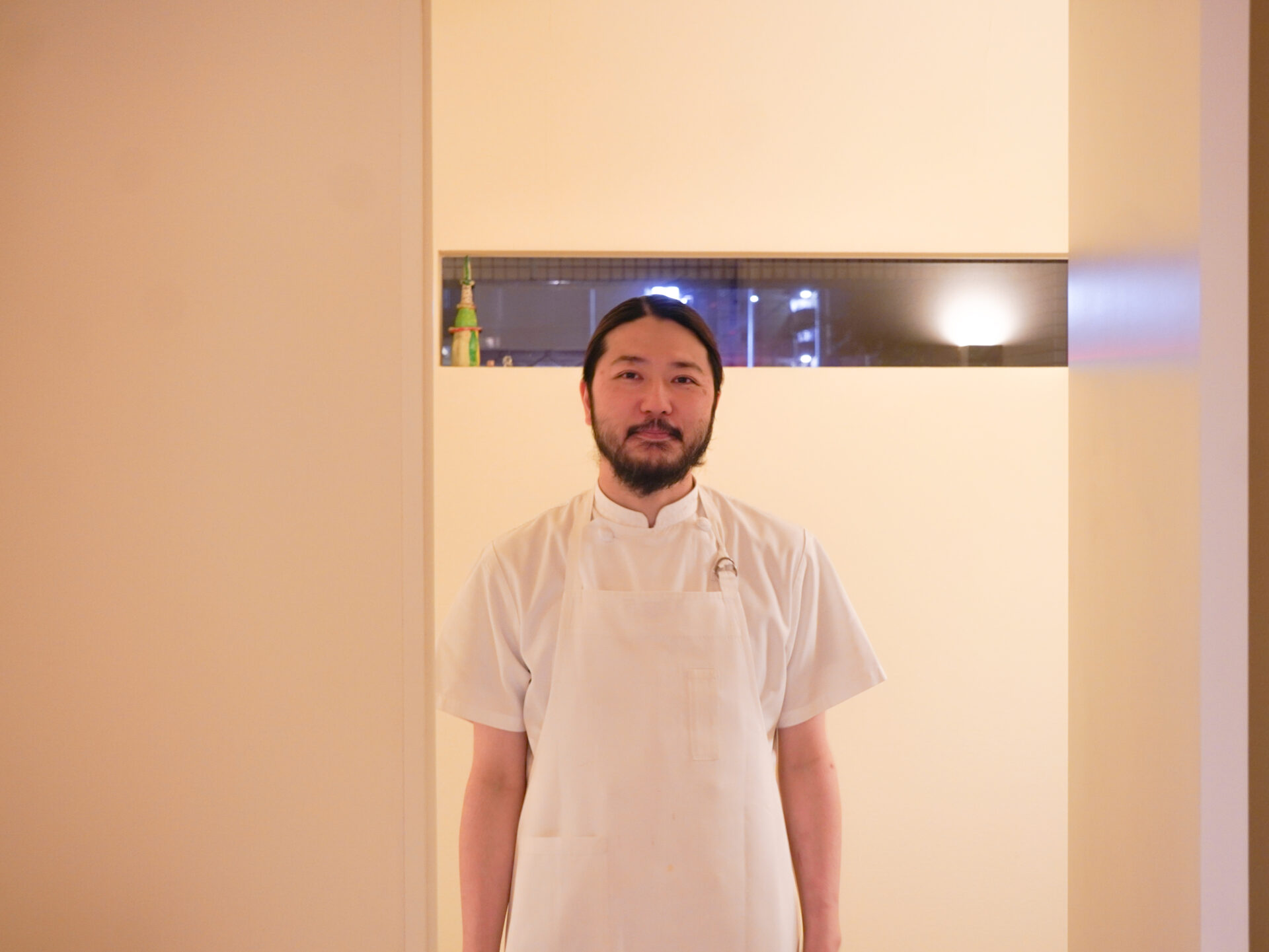
Restaurant Recognition
Since relocating to Hirao, NOCE has continued to attract attention for its originality and sophisticated tasting menu. Known for transcending traditional Italian cuisine, each dish makes creative use of seasonal ingredients sourced from Kyushu. NOCE is steadily gaining recognition within Fukuoka’s fine dining scene.
From the day it reopened, the restaurant has been featured across media outlets and gourmet websites. Online reservations fill up quickly. Visitors often describe the experience as “a multisensory journey that surprises from the very first course”or “a live performance, made possible by the open kitchen.” It’s not just the food but also the ambience and service that receive high praise.
The tasting menu includes more than 16 courses, each carefully crafted with its own story—like a culinary performance unfolding in acts. Signature dishes include a truffle-laden pizza and a rich house-made tagliolini, both of which leave lasting impressions and speak to the essence of NOCE.
Some guests note that explanations can be lengthy, or that certain finger-food presentations may catch them off guard. Yet these are part of NOCE’s immersive dining concept—each gesture a conversation between chef and diner, transforming a meal into a memory.
Though the restaurant is still new to Fukuoka, it is already being recognized as a “must-visit destination.” Its technical excellence, creative spirit, and heartfelt teamwork continue to win the hearts of many.
Prelude to the Dining Experience
Exterior & Entrance
Nestled in a quiet residential area of Hirao, Fukuoka, NOCE’s wooden façade catches the eye with understated elegance. Even from the entrance, its atmosphere begins to unfold.
On the wood-paneled wall, a simple signplate glows softly under a small light. Olive trees and greenery gently frame the entrance, evoking the charm of a tiny art gallery tucked away in a forest.
The modern, white inorganic door features a warm wooden handle—combining natural materials with minimalist design. This subtlety reflects the restaurant’s intention: to shift focus away from appearances and instead immerse guests in the experience of food itself.
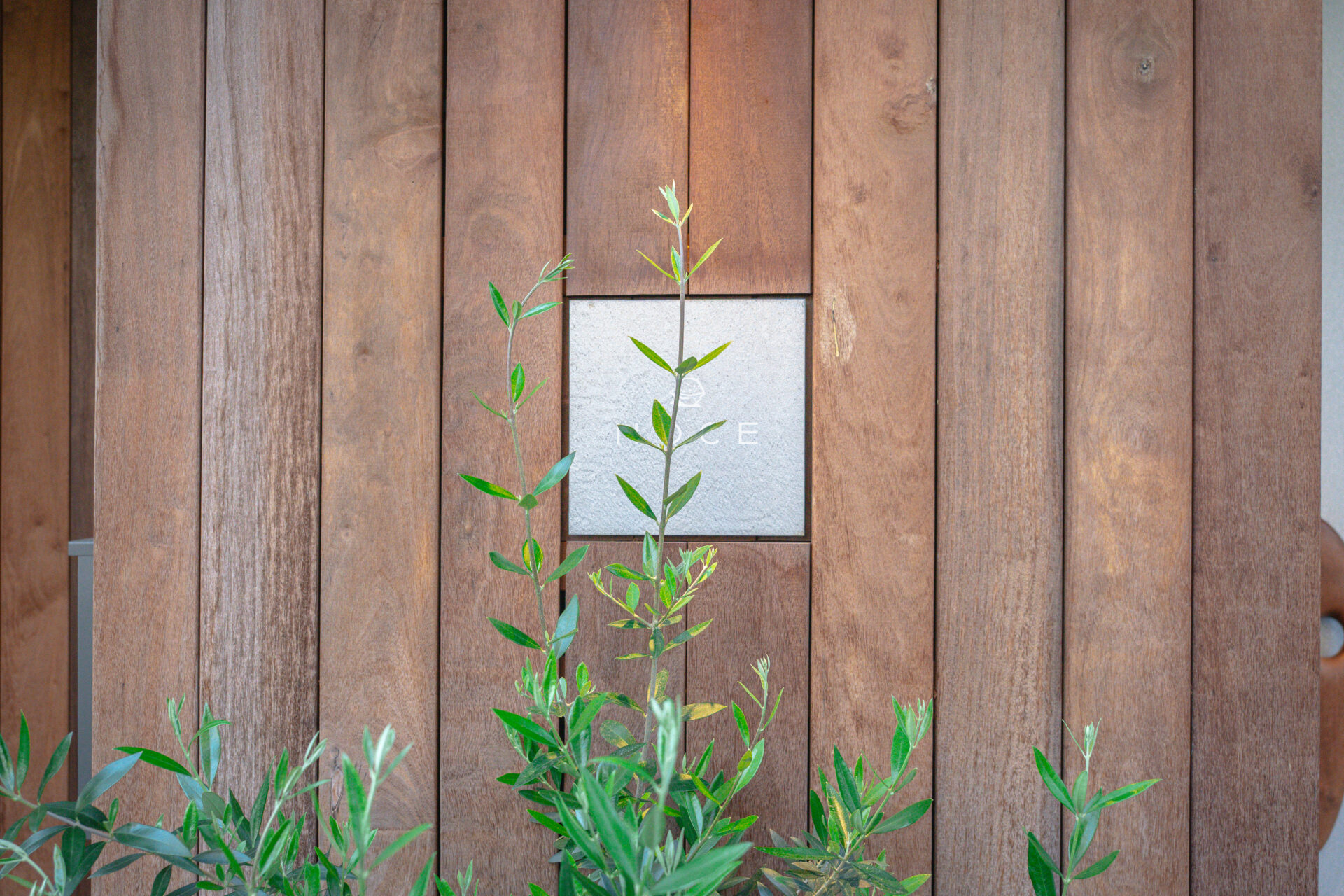
Dining Space
Open the door, and you enter a tranquil world bathed in soft beige tones. Crisp white tablecloths cover the tables, and minimal decor ensures full attention is directed toward the cuisine.
At window-side tables, small seasonal flowers offer a touch of quiet beauty. Gentle music flows through the room, creating a serene space that feels removed from everyday life—an intentional pause for the senses.
Toward the back is a clean, functional open kitchen. The quiet surroundings amplify the sound of sizzling, the aroma of cooking, and the visual rhythm of the chef’s hands at work. Each dish feels like the curtain rising on a new act.
Wrapped around each napkin is a small slip of paper listing that evening’s menu. The thoughtful commentary on each dish’s theme and ingredients reveals how much narrative depth NOCE infuses into the act of dining.
Though perfectly orchestrated, the atmosphere still feels homey—leaving a warm afterglow. This dining room truly serves as a “stage for quiet storytelling.”

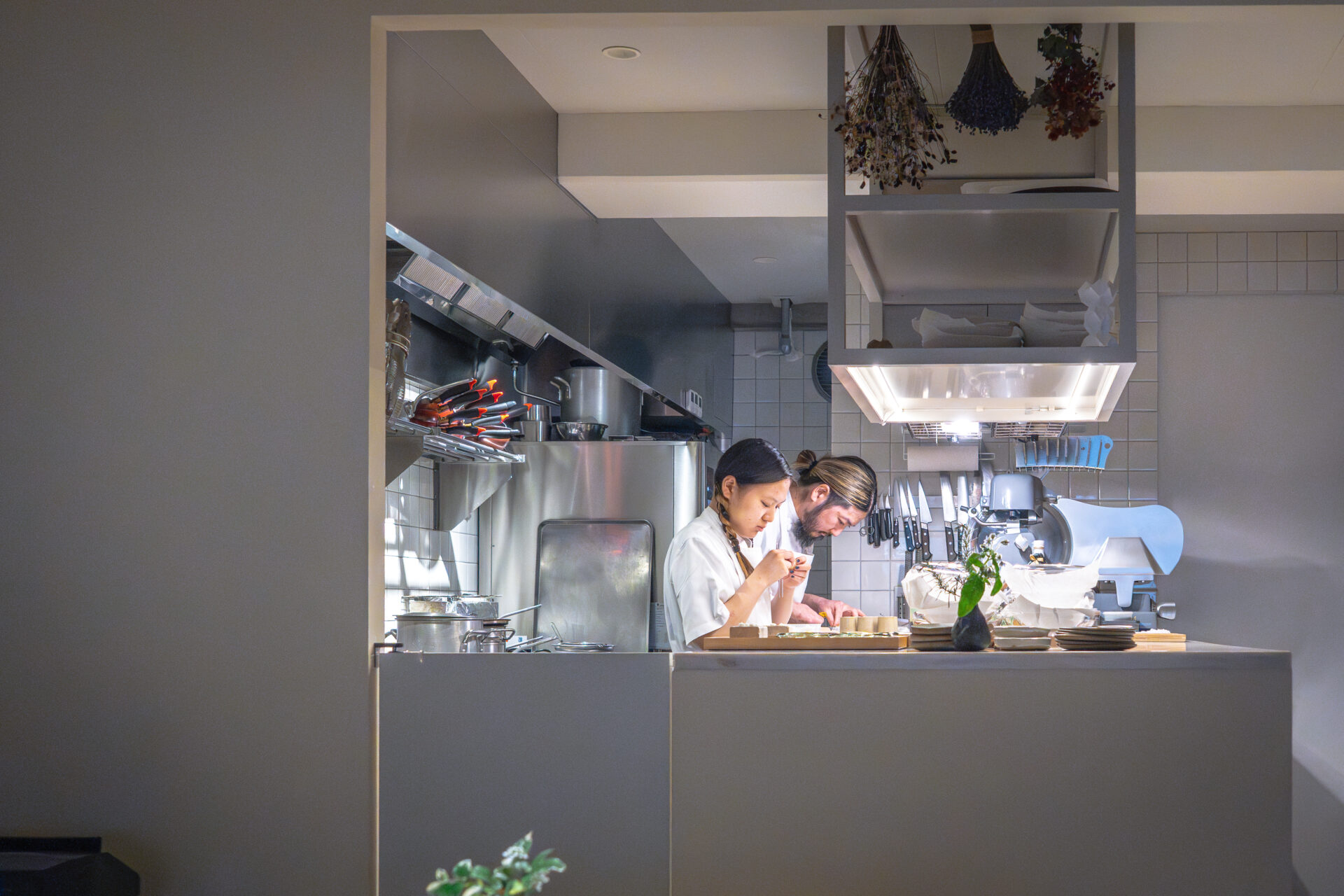
Menu Presentation
On the table lies a discreet, single-sheet menu card. Only the names of the ingredients are listed in a spare, elegant layout—inviting quiet anticipation.
With minimal explanations and no elaborate dish names, the design leaves room for imagination. It builds excitement for the unfolding experience, letting the story of the meal be discovered through taste and sensation.
Even familiar ingredients, when arranged or paired thoughtfully, hint at something new. The deliberate use of space and silence on the card reflects the restaurant’s aesthetic: “even the blank spaces are part of the performance.”
This quiet refinement and intentional tension mark the beginning of every NOCE course.
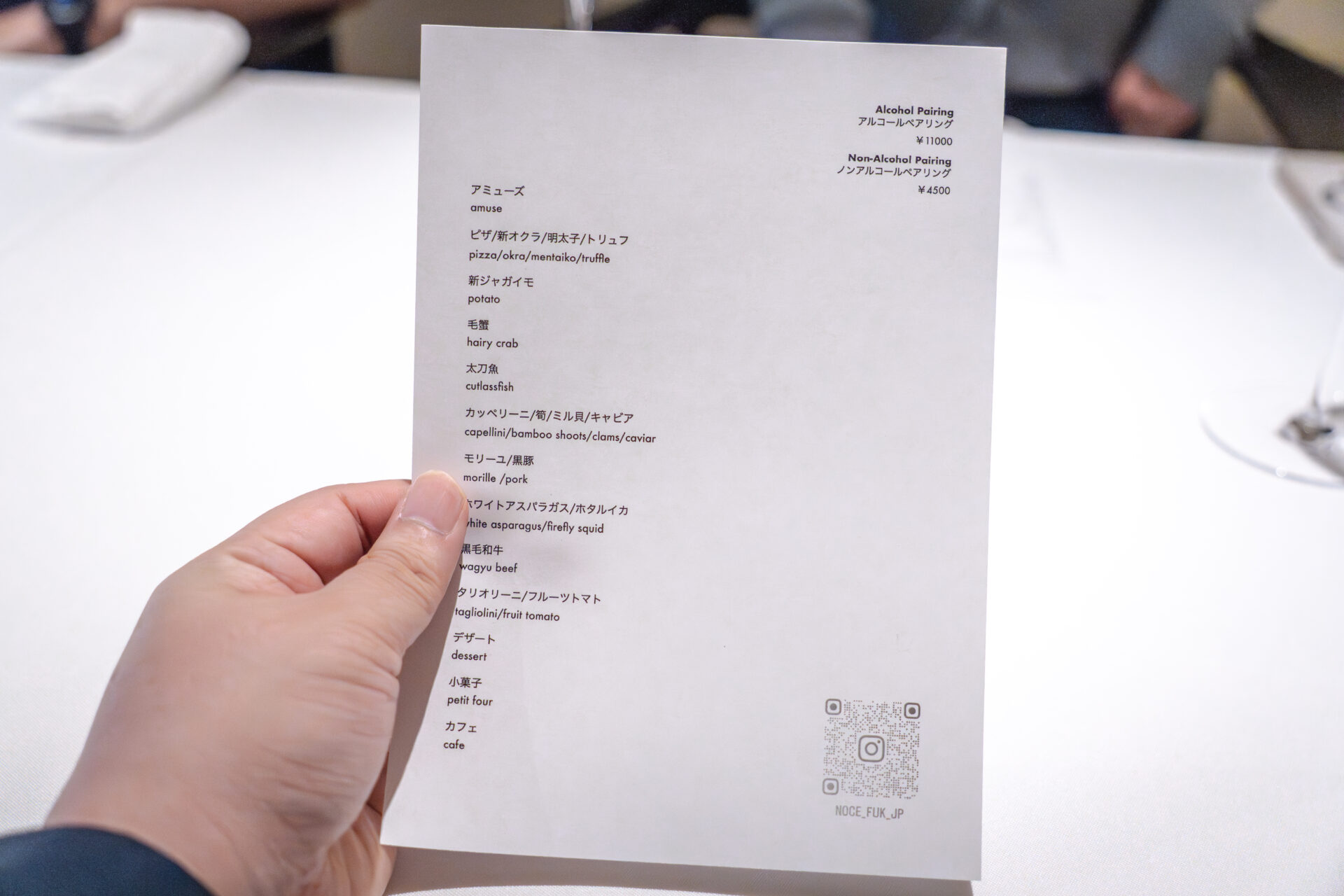
Starter Drink
The course begins with a glass of Beaumont des Crayères Grande Réserve Brut.
Its fine, delicate bubbles and gentle aroma leave a refined impression, while the soft acidity spreads smoothly across the palate, setting a calm and pleasant tone for the meal ahead.
Elegantly restrained and well-balanced, it never overpowers the food—seamlessly ushering in the flow of courses to follow.
From the very first sip of the toast, NOCE’s quietly refined dining experience begins to unfold.
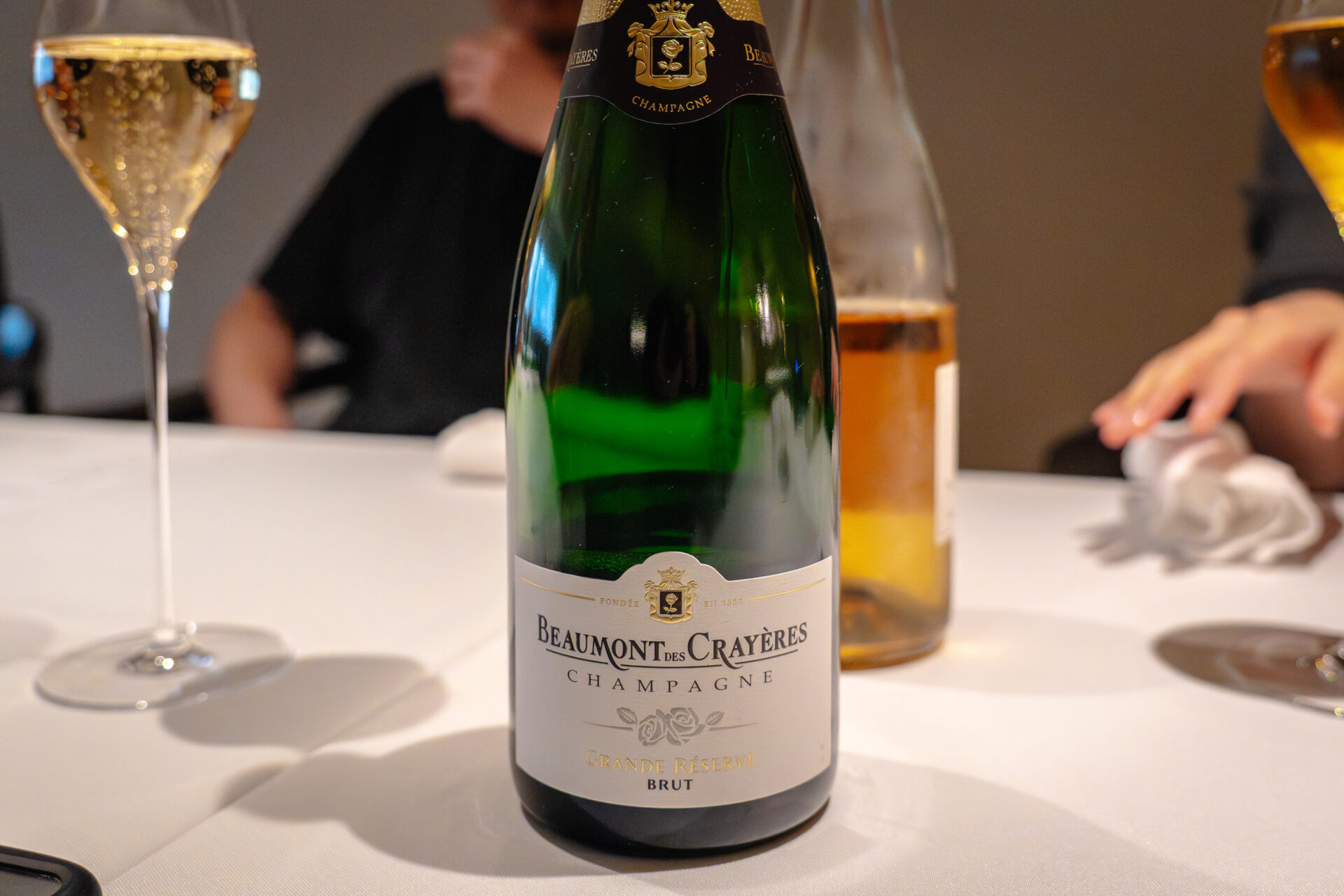
Dishes Tasted at NOCE
Amuse-Bouche
The first course to arrive consisted of three amuse-bouche, presented simultaneously. Each was served in a different vessel and arranged with rhythm and grace across the table—a “quiet introduction” to the meal.
One was a clear soup poured into a cylindrical cup, delicately extracted from Kagoshima’s kuroge wagyu beef and kurobuta pork. With a single sip, its gentle aroma rose, offering warmth that seemed to seep into the core of your body.
On a glass plate sat a tiny tart topped with purple uni from Akune. Hidden inside was a rice salad, where the aroma of the sea met a subtle acidity in a light, harmonious union.
The third amuse, served on a stone-like base, featured fatty iwashi (sardine) from Tottori, wrapped gently in thinly sliced cucumber. The boldness of the oily fish was softened by the refreshing vegetable, creating balance and nuance.
Each item was well-defined in flavor yet never overdone. Naturally composed, they formed a serene and refined opening to NOCE’s culinary narrative.
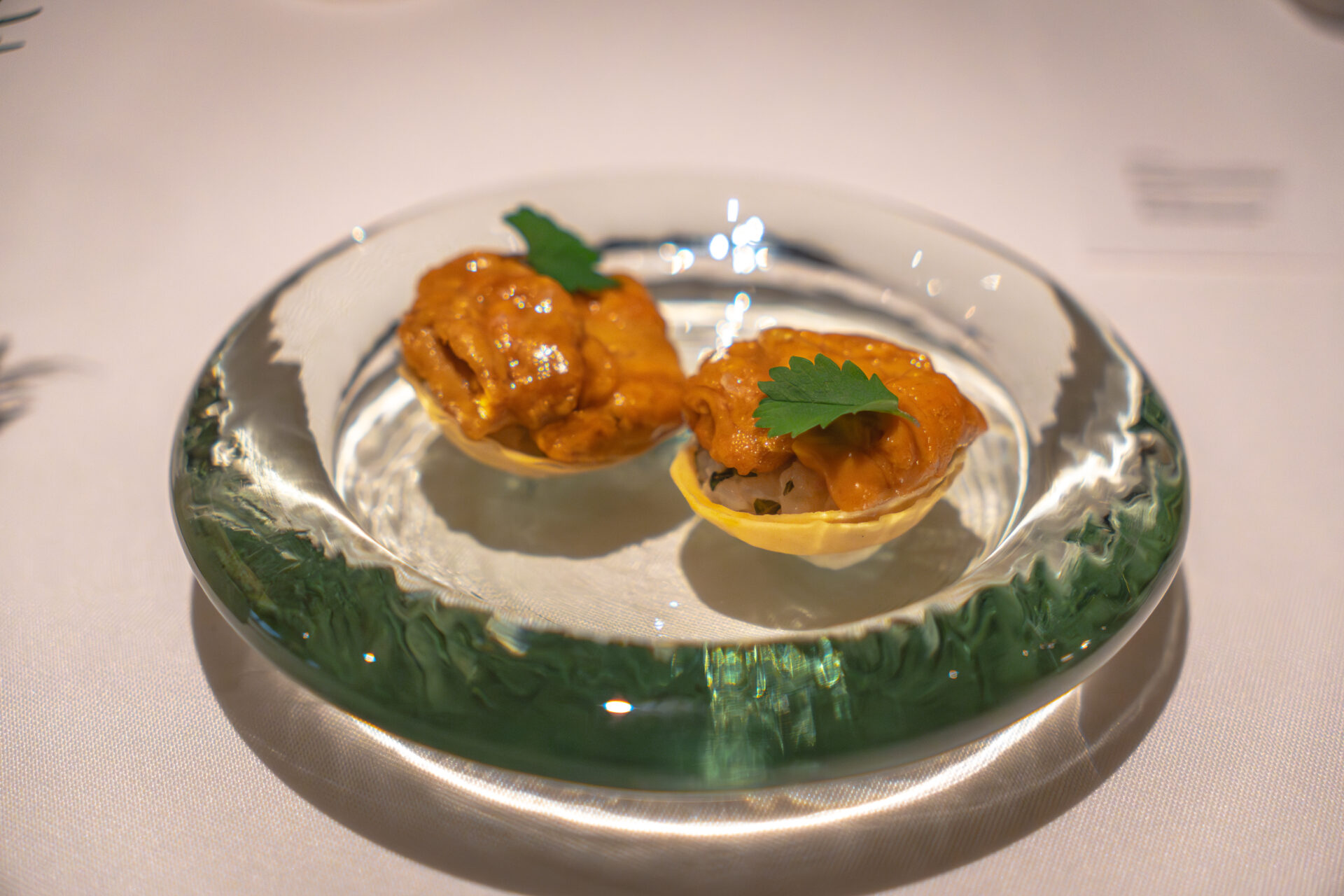
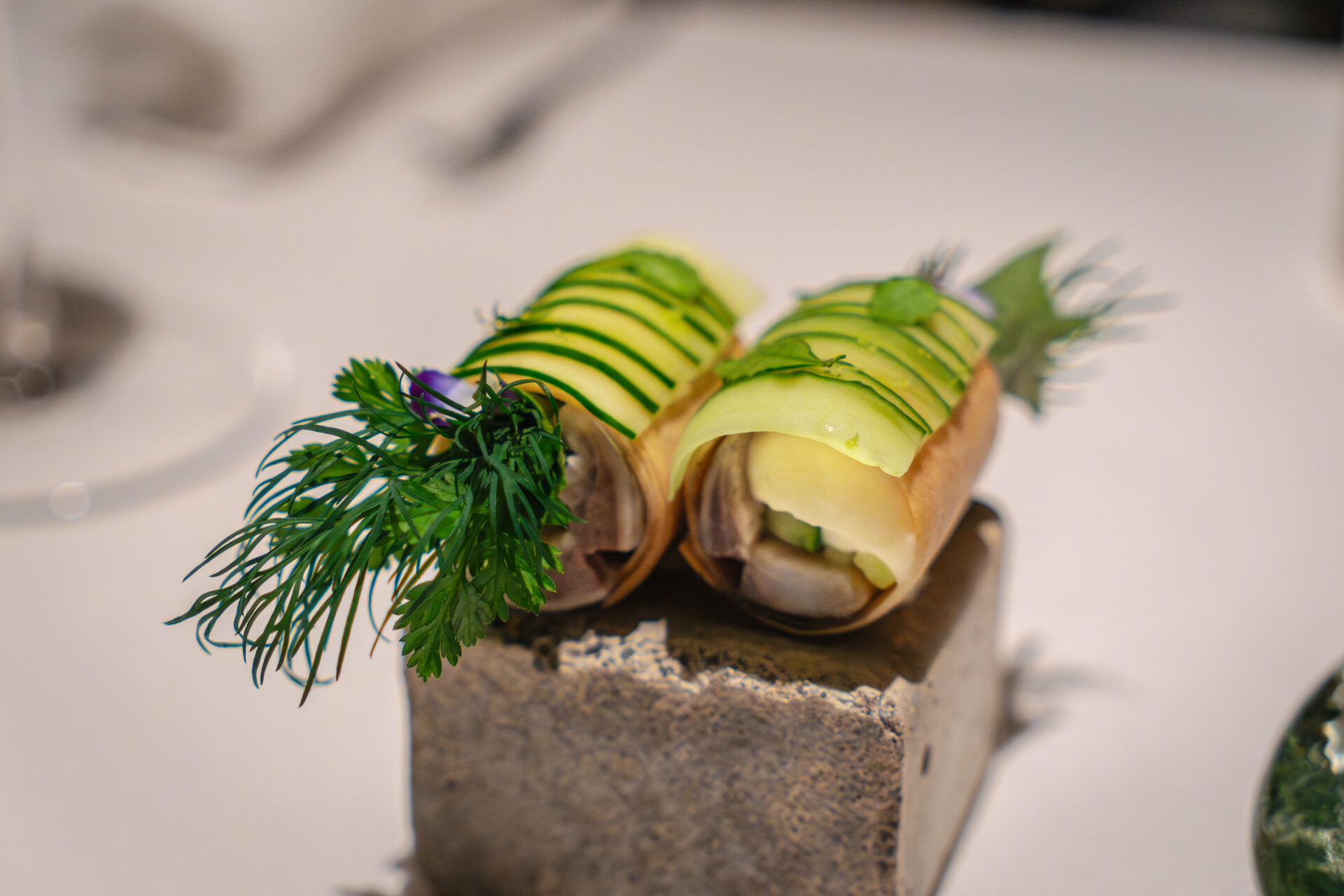
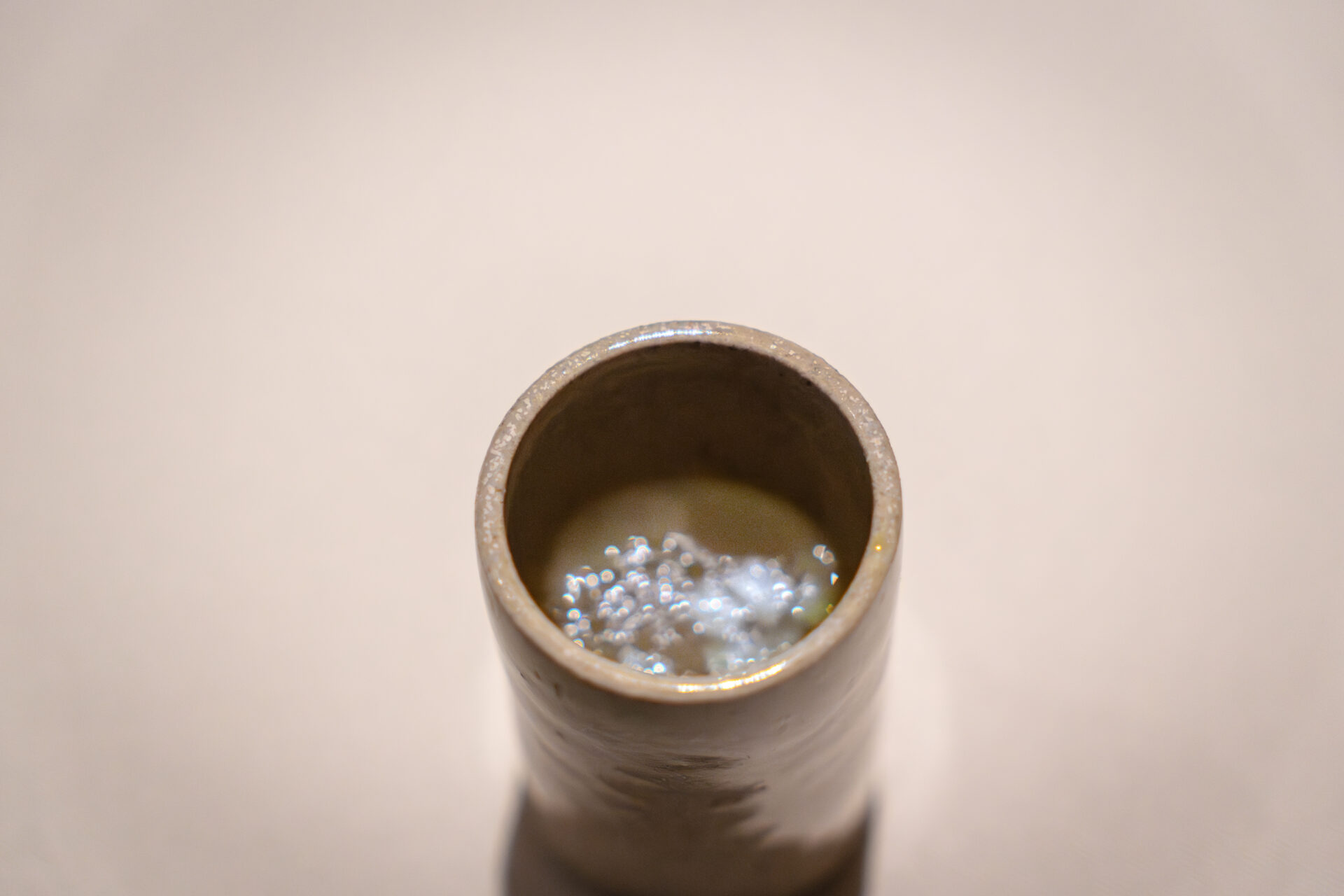
Pizza / New Okra, Mentaiko, Truffle
Following the amuse came one of the restaurant’s signature dishes: a pizza. With a gratin-style crust, this thick pie was layered with freshly harvested okra from Ibusuki, mentaiko (spicy cod roe), and a generous shaving of summer truffle.
Its aroma was full and inviting, compelling you to lean in and take a deep breath. The salty, sticky texture of the Japanese ingredients harmonized with the richness of the gratin and the earthiness of truffle. Each bite revealed a new nuance.
Eaten with your hands, the dish embodied NOCE’s sense of playfulness and freedom. The transition from the delicate amuse to this bolder, hands-on dish maintained a narrative rhythm that felt intuitive and elegant.
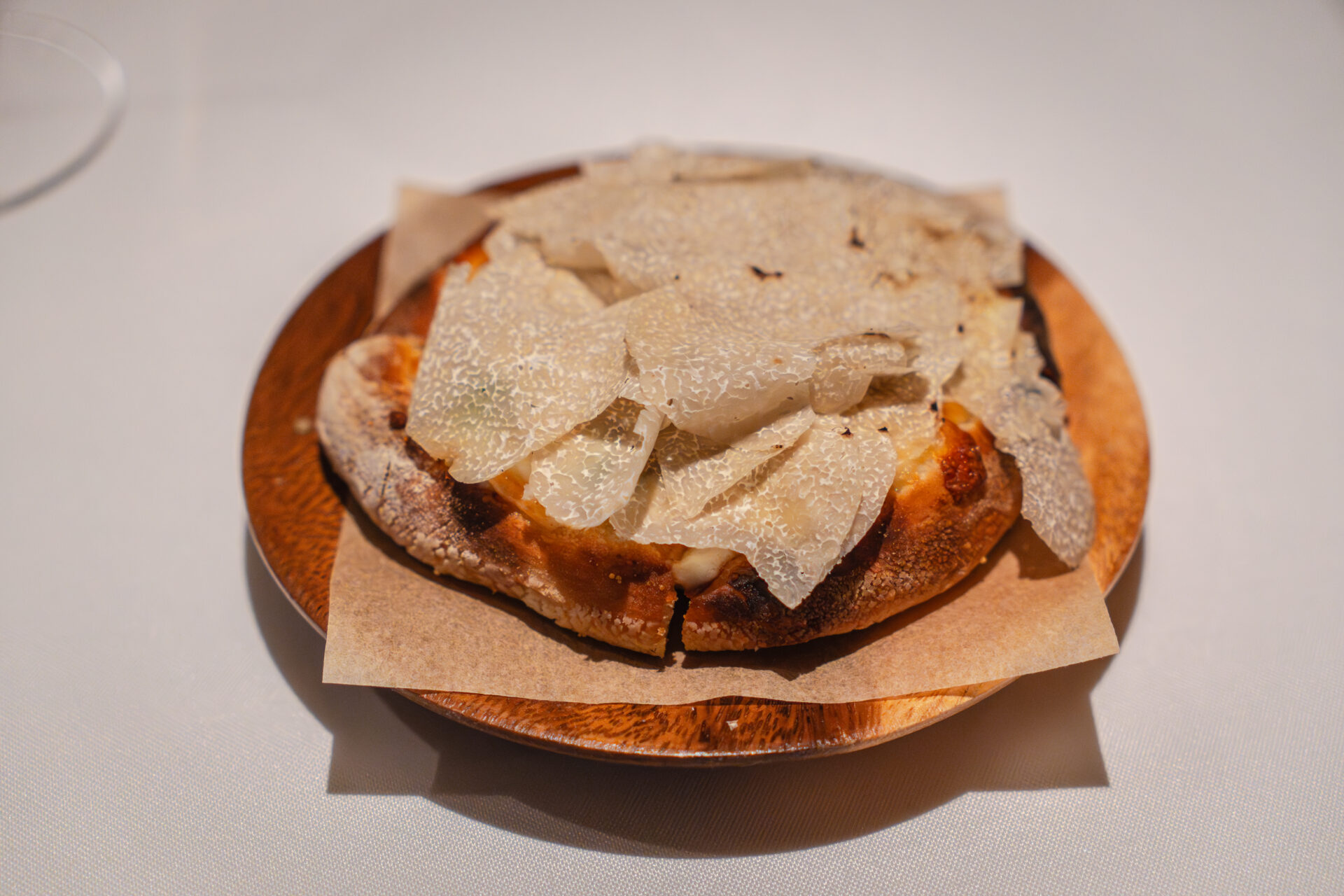
New Potatoes
Next came fritters made from new potatoes grown in Tokunoshima. Golden brown and bite-sized, each was gently topped with a ribbon of French prosciutto.
The crispy exterior gave way to a fluffy, sweet interior, with the ham adding saltiness and umami. A simple yet memorable dish, executed with perfect timing and understanding of the ingredients.
A relaxed but refined bite, this small plate captured the quiet charm of NOCE.
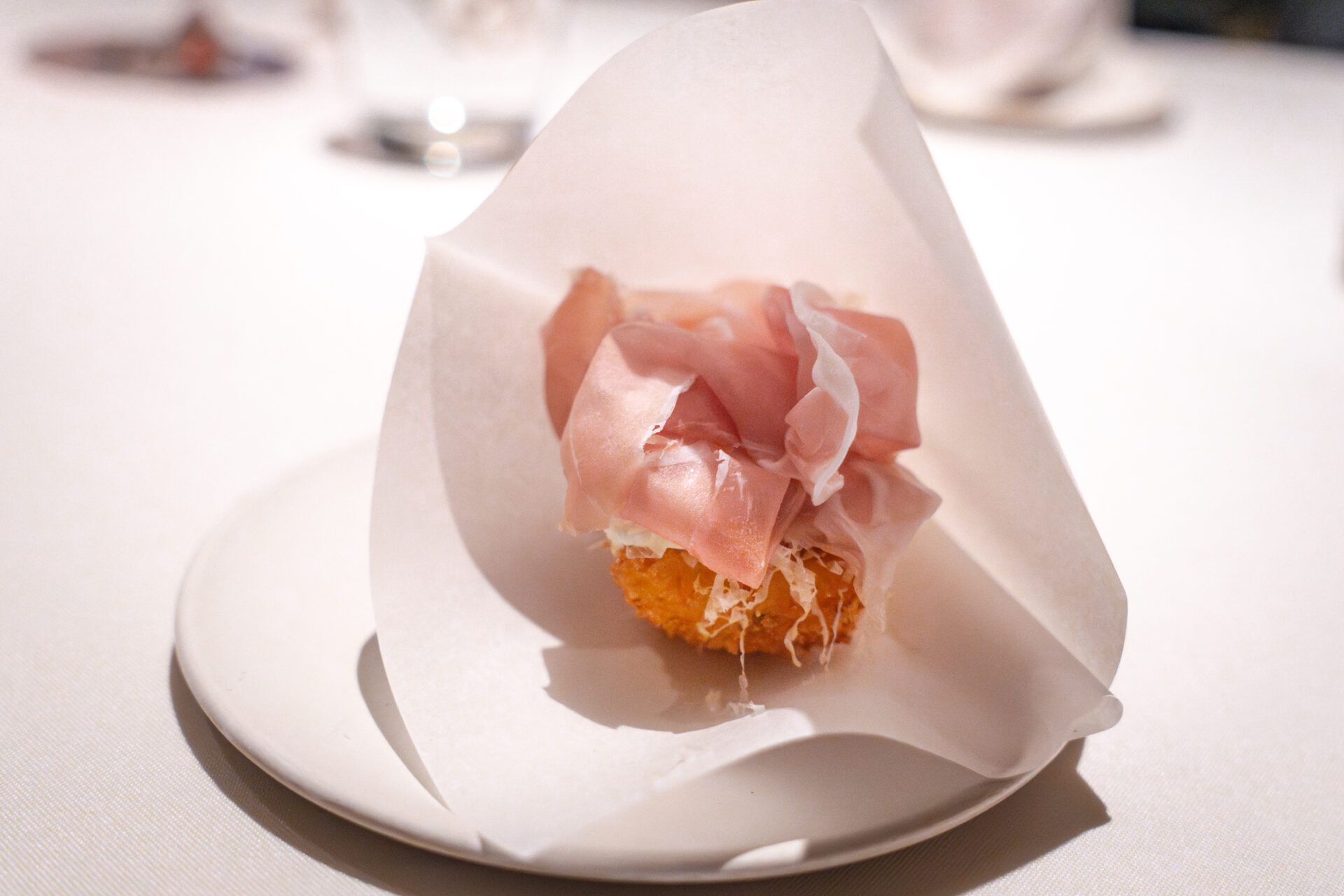
Hairy Crab
Delicately arranged on a wooden plate, this dish featured flaked hairy crab on thinly sliced sudachi citrus. A sprinkle of white flower petal powder and herbs added an ethereal touch.
Pick it up by hand, bring it to your lips, and squeeze the leftover sudachi juice—the sweet crab and sharp citrus combine in a burst of fresh clarity.
Beside it was a crispy shell made from spring roll skin, topped with dried crab meat and innards. Rich and savory, it provided a contrast in texture and intensity.
Delicate, playful, and beautifully presented, this was a signature NOCE dish.
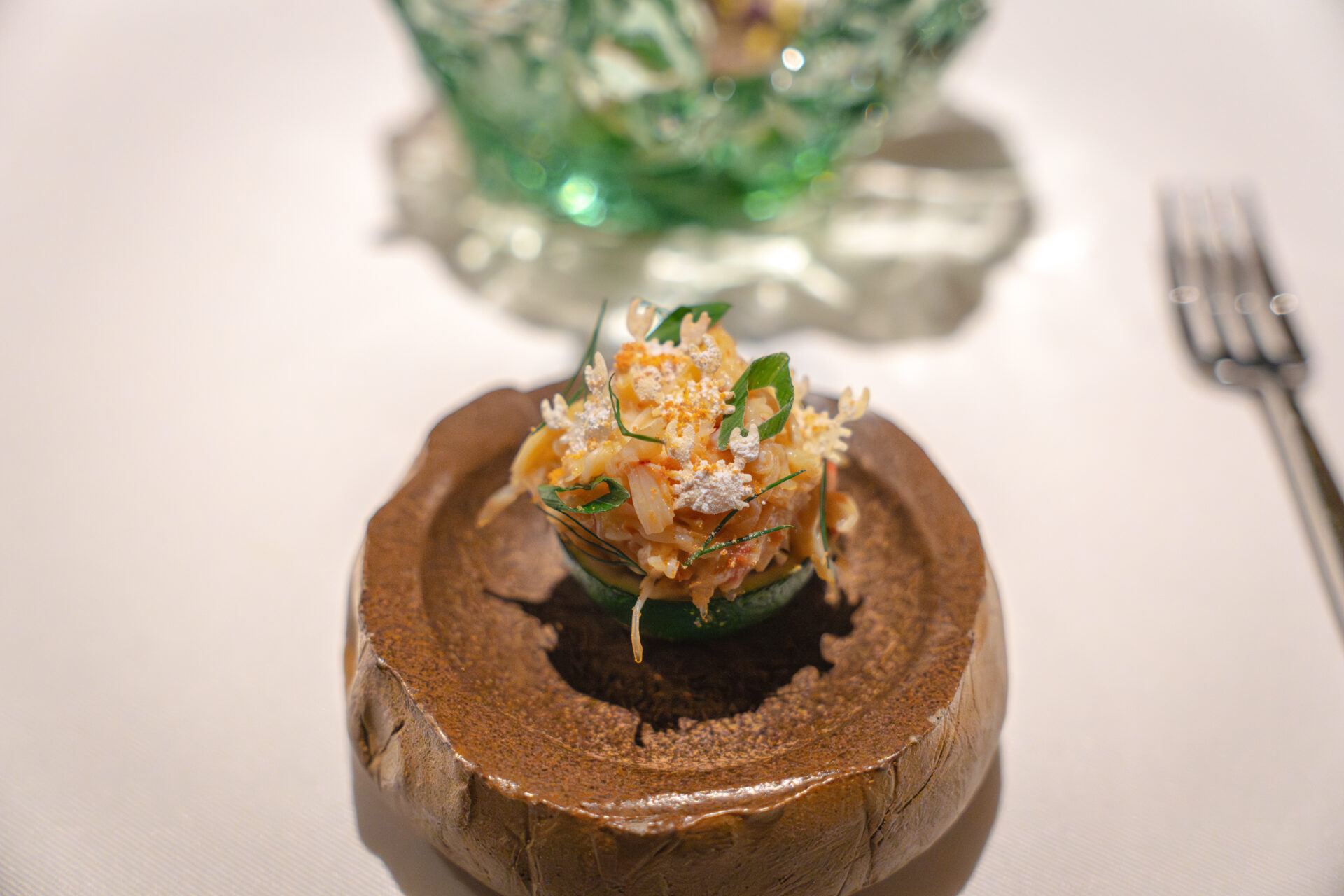
Tachiuo (Beltfish)
Served on a pale green glass dish, the moist, tender tachiuo still wore its silvery skin. Each bite released the subtle richness of the fish.
Beneath was grilled island shallot, crisp and caramelized, contrasting perfectly with the soft fish.
Almond milk was poured over the top, uniting all elements in a sweet and creamy finish.
Subtle yet assertive, this dish showcased a deep understanding of balance and natural flavor.
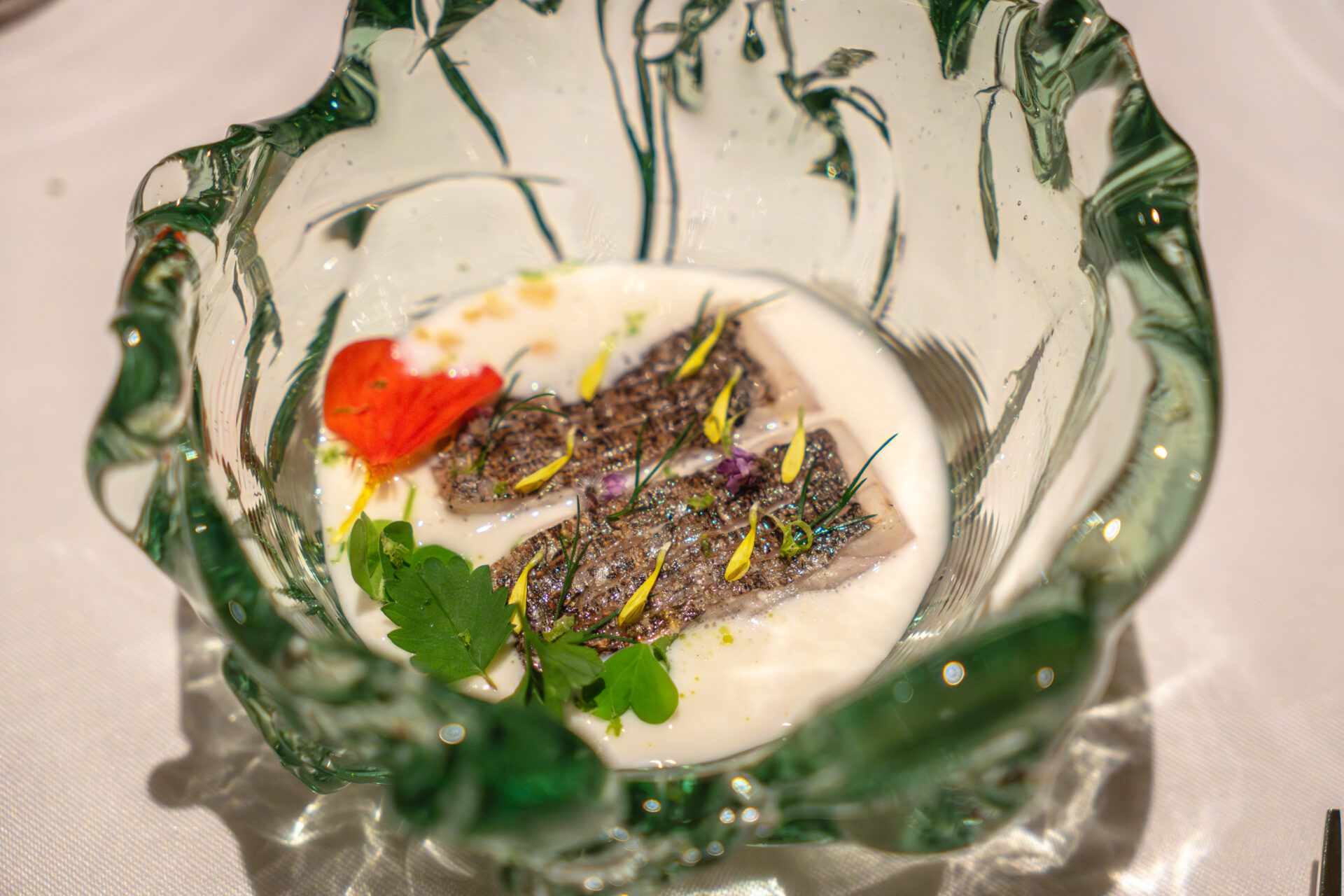
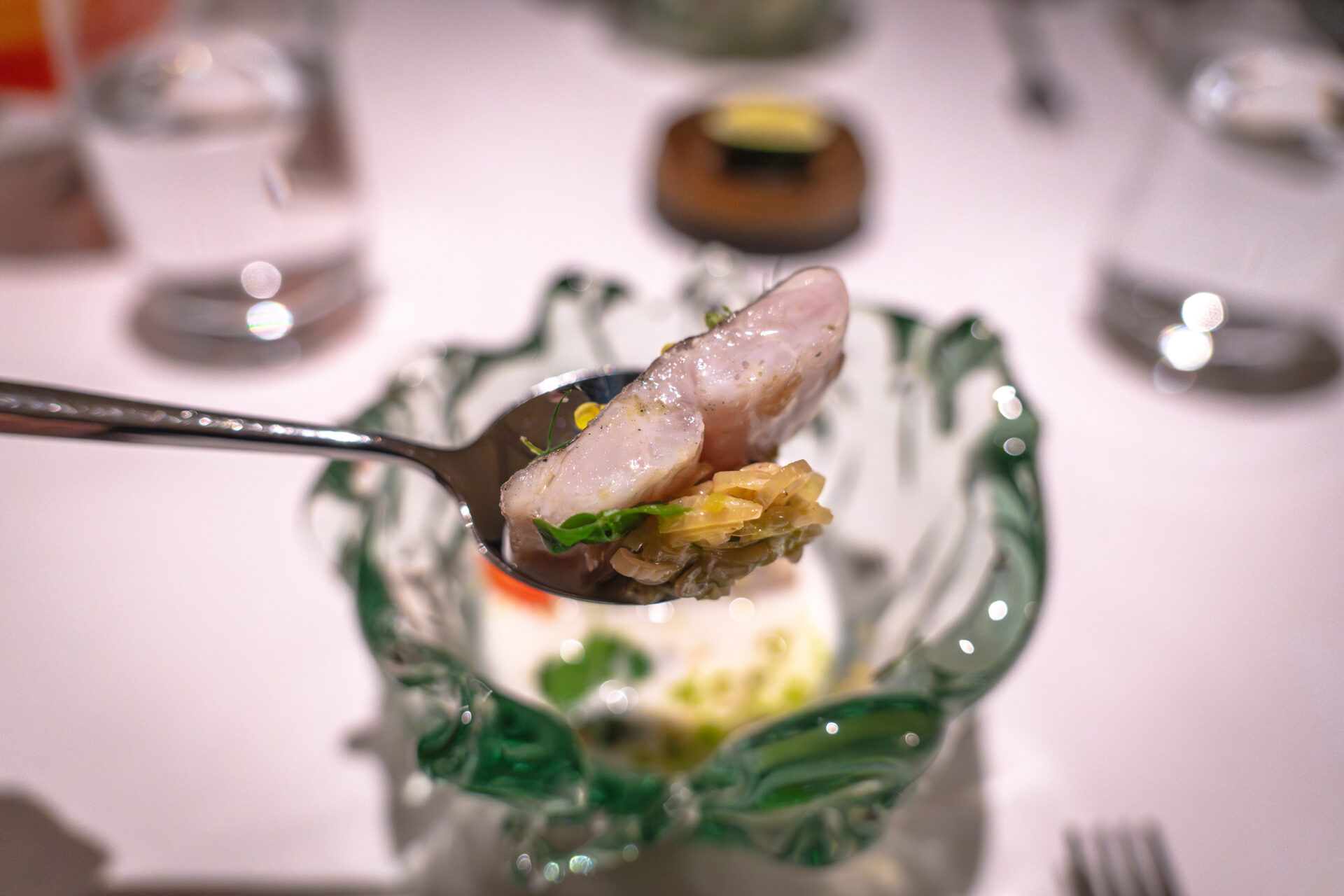
Paired wine: “Mademoiselle M” Sauvignon Blanc by Alexandre Bain.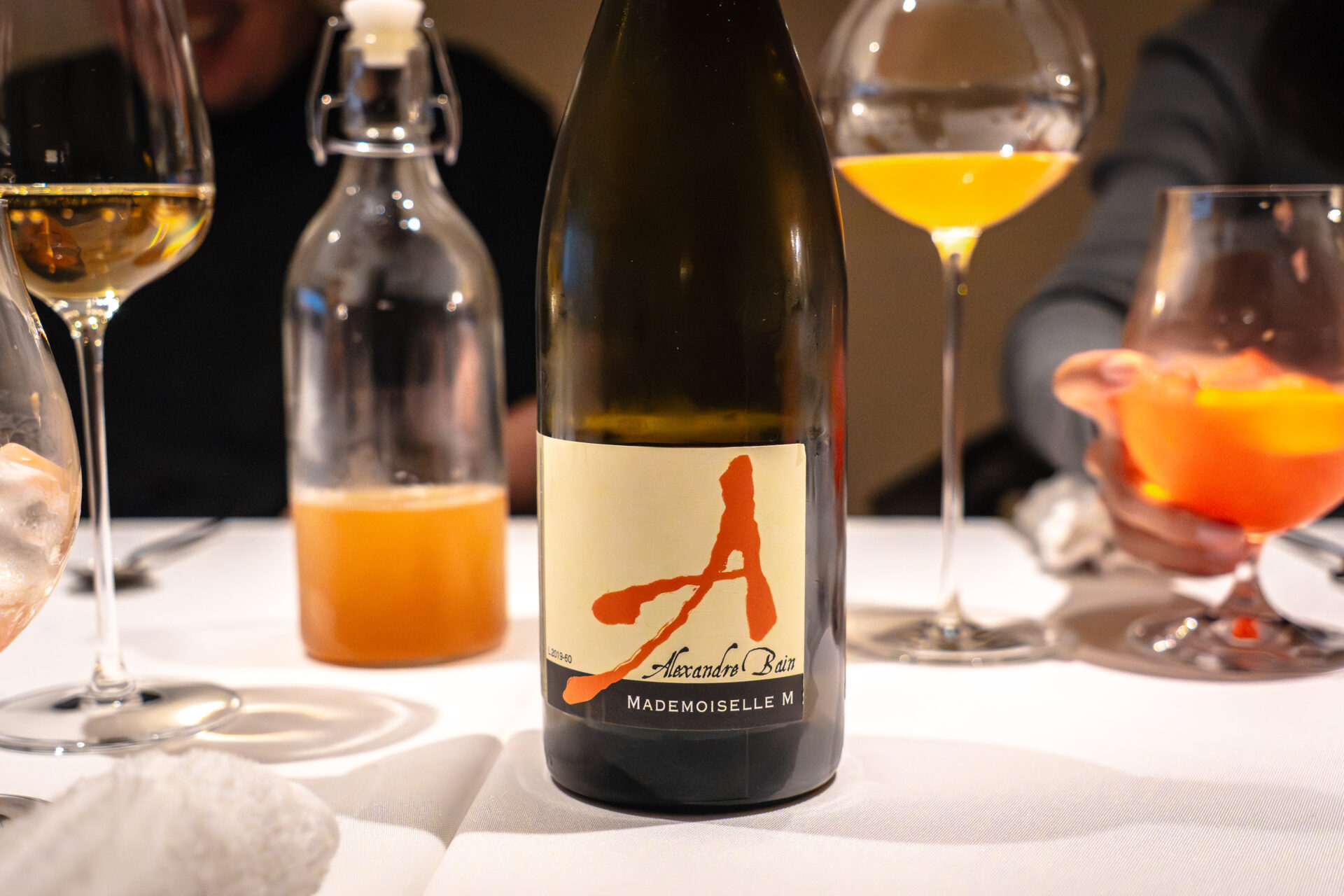
Capellini / Bamboo Shoot, Mirugai, Caviar
In a deep glass bowl lay a chilled capellini, topped with glossy caviar, precisely cut bamboo shoots, and mirugai (giant clam).
The bamboo shoots, sent from the chef’s wife’s family in Kagoshima, retained their spring aroma and slight bitterness, yet were elegant thanks to expert preparation.
Textural contrast from the clam and the saline caviar played in delicate harmony. A hint of sansho flower added a quiet, fragrant conclusion.
A dish where flavor, plating, and structure aligned seamlessly—a refined cold pasta.
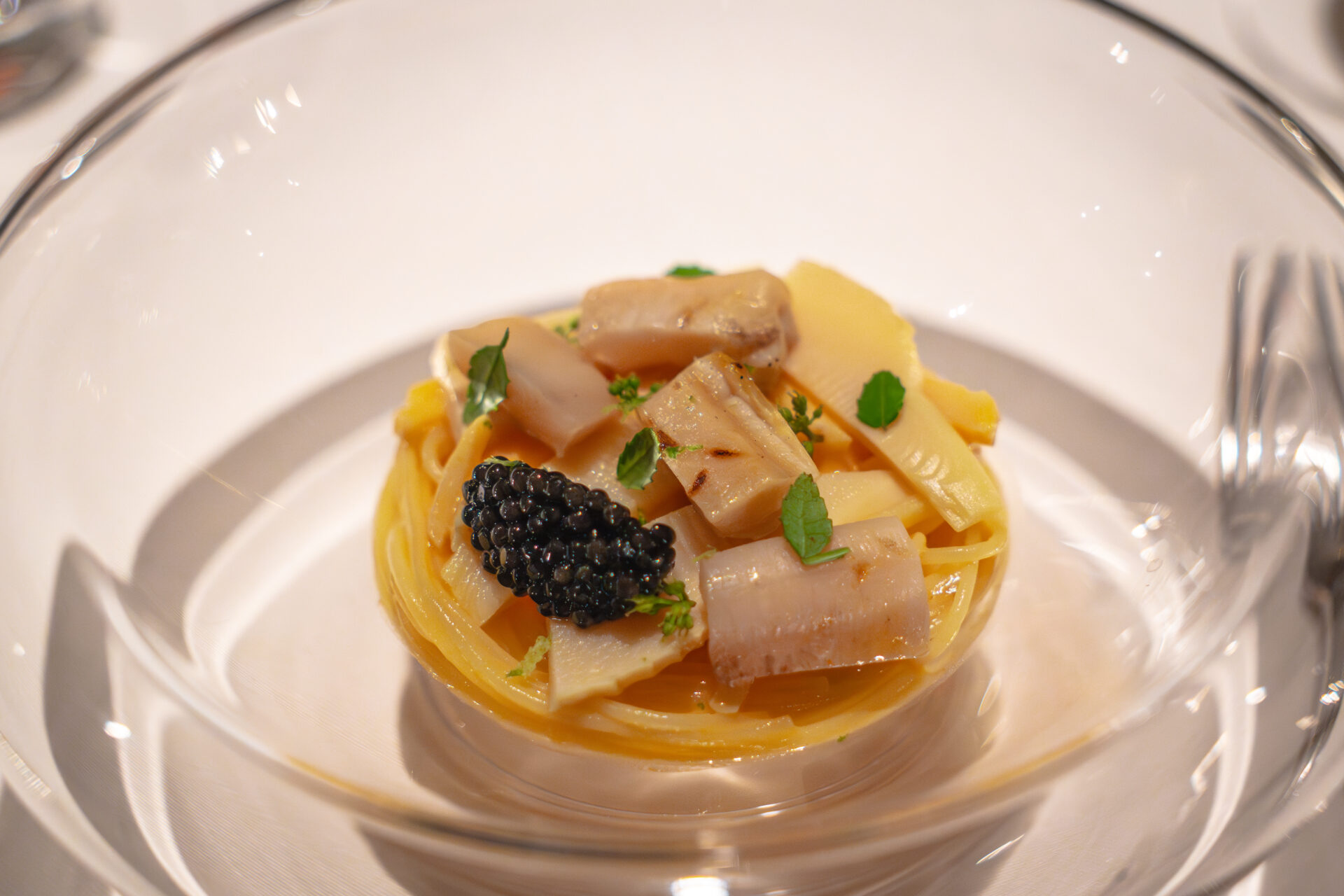
Wine pairing: Zero Infinito 2023 by Pojer e Sandri (Trentino-Alto Adige, Italy).
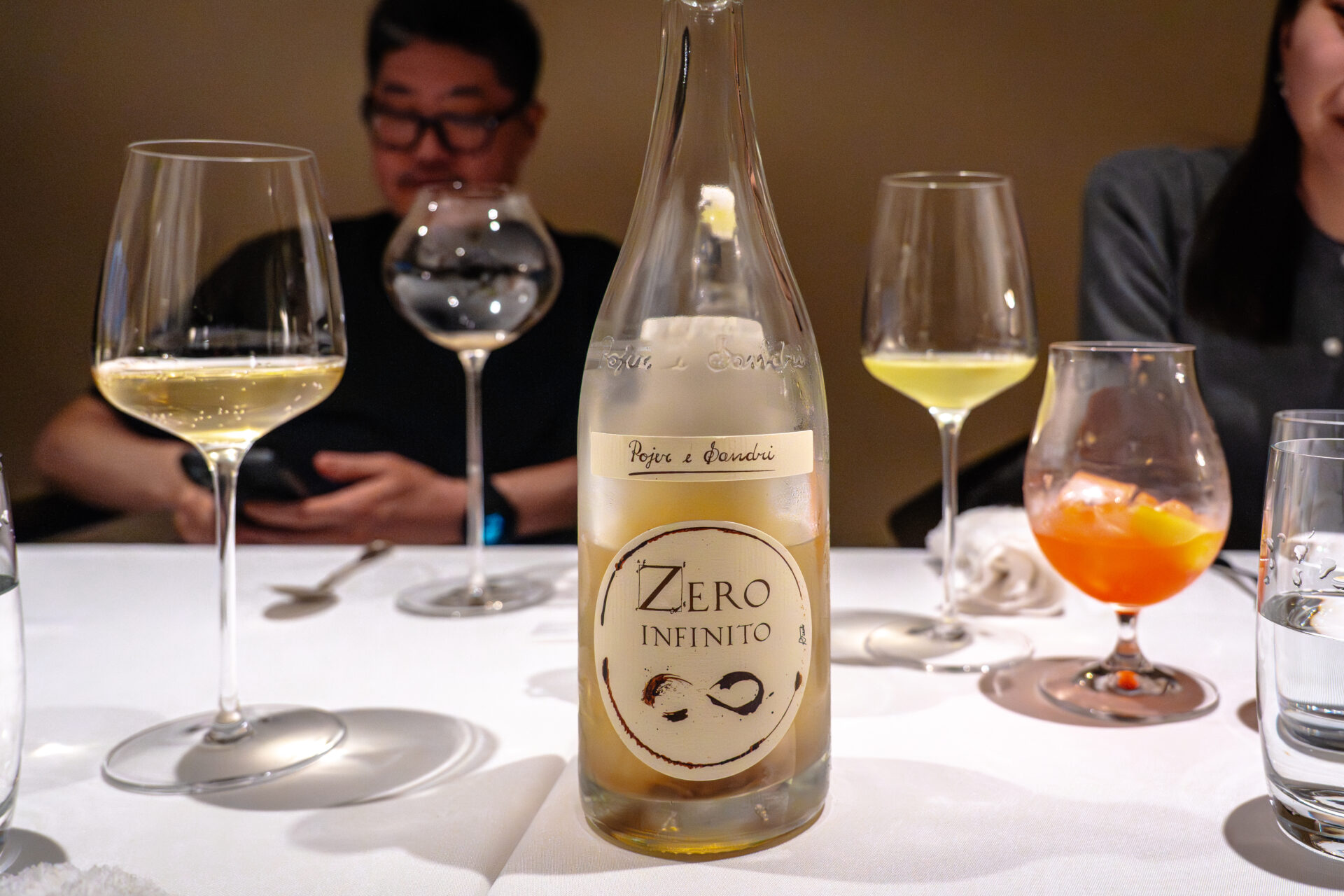
Morel / Kurobuta
Beneath a veil of foam lay a savory sformato of Kagoshima kurobuta and French morel mushrooms.
The fluffy, steamed custard released an earthy aroma of mushrooms and meat. Rich, nostalgic, and umami-packed, the texture was melting yet defined.
No lavish presentation—just pure technique and flavor. A quiet, confident dish at the core of NOCE’s philosophy.
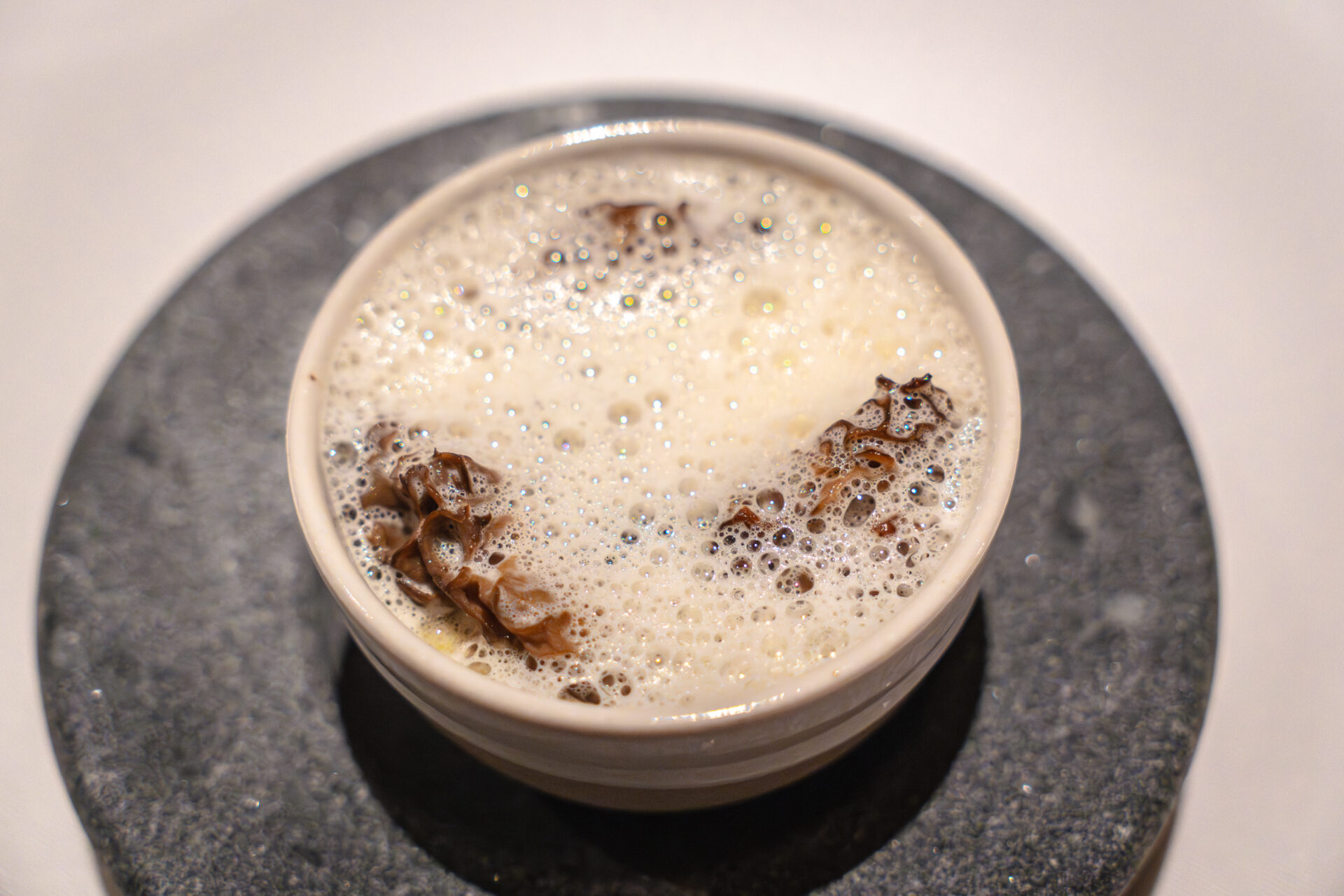
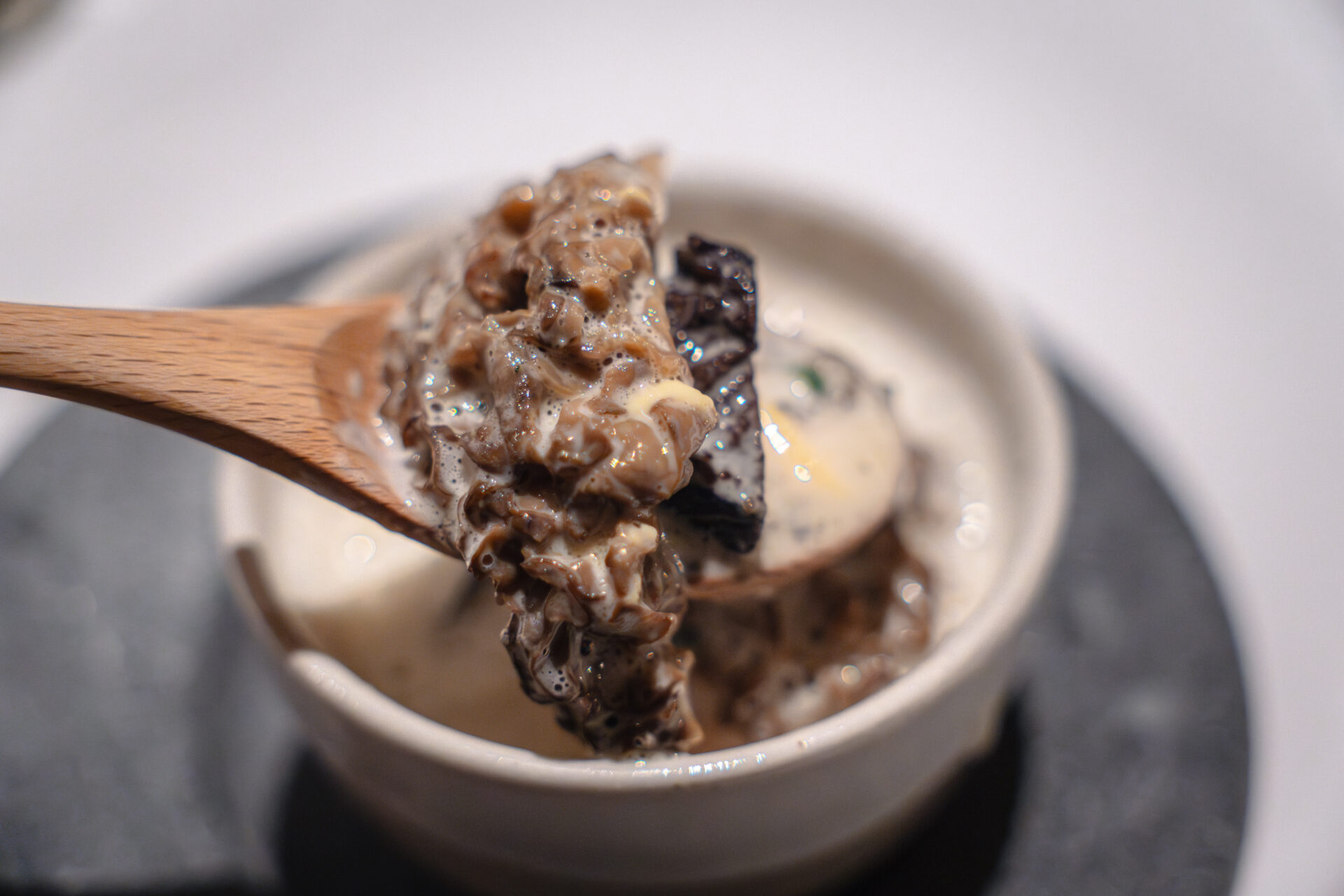
Wine pairing: GAMABUMBA 2021 by Domaine des Fables (Roussillon, France).
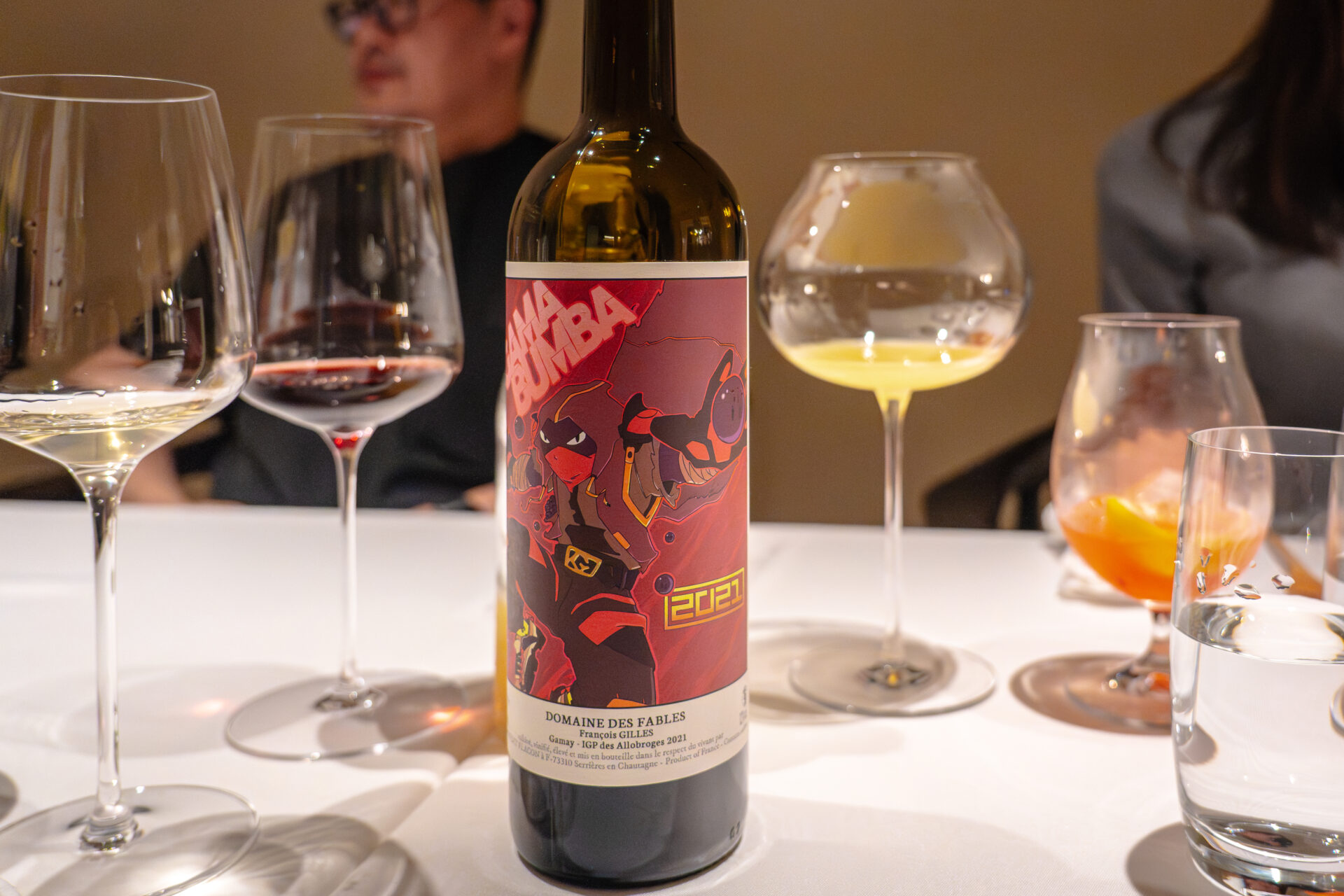
White Asparagus / Firefly Squid
Atop tender white asparagus lay glistening firefly squid, adorned with spring herbs and blossoms.
Beneath, squid ink sauce spread like shadow, anchoring the dish in umami depth.
A harmony of richness and delicacy: the brininess of squid, sweetness of asparagus, brightness of herbs, and deep ink flavors. A fleeting vignette of spring.
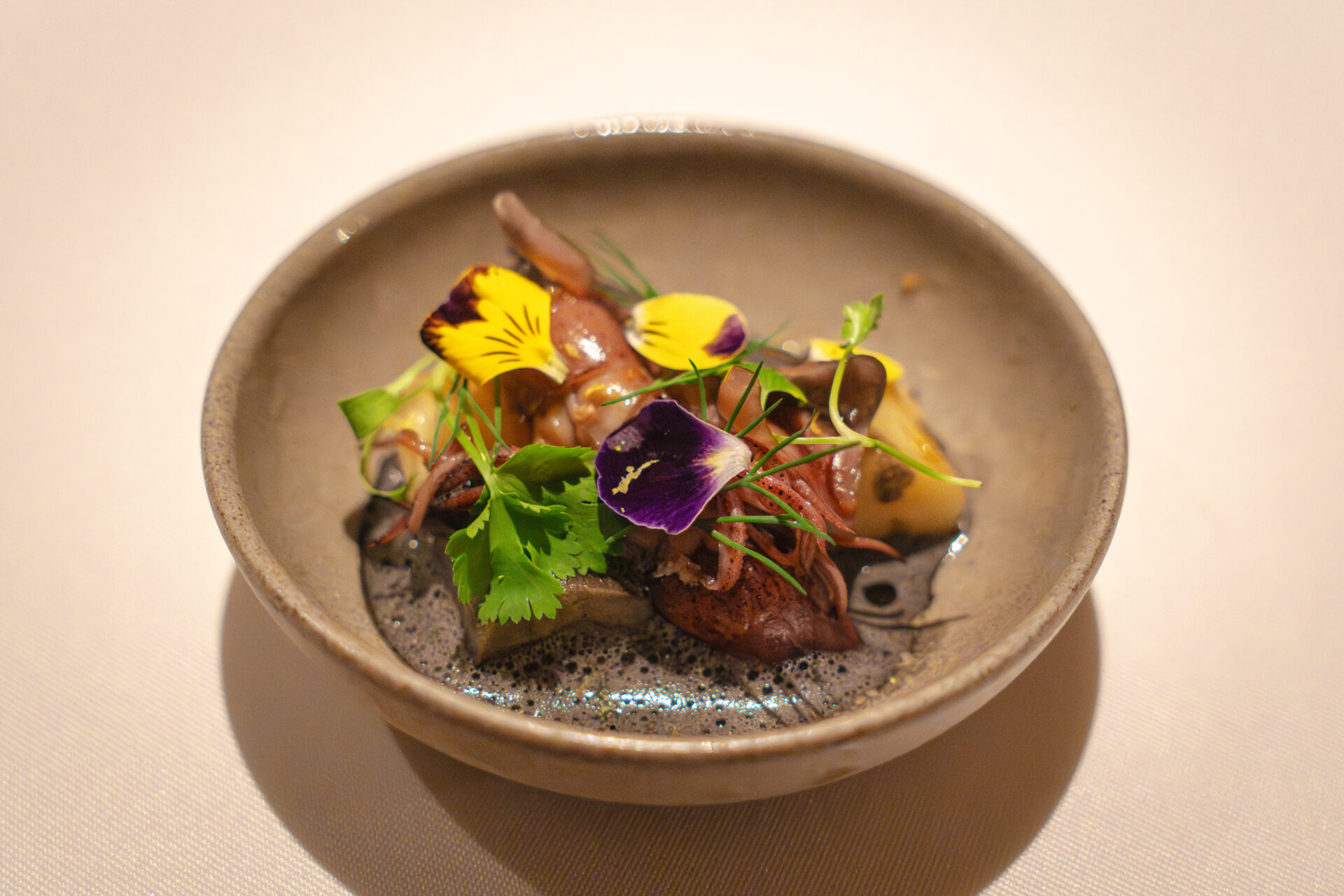
Wine pairing: Cabernet Sauvignon “Happy Canyon of Santa Barbara” (Magnum).
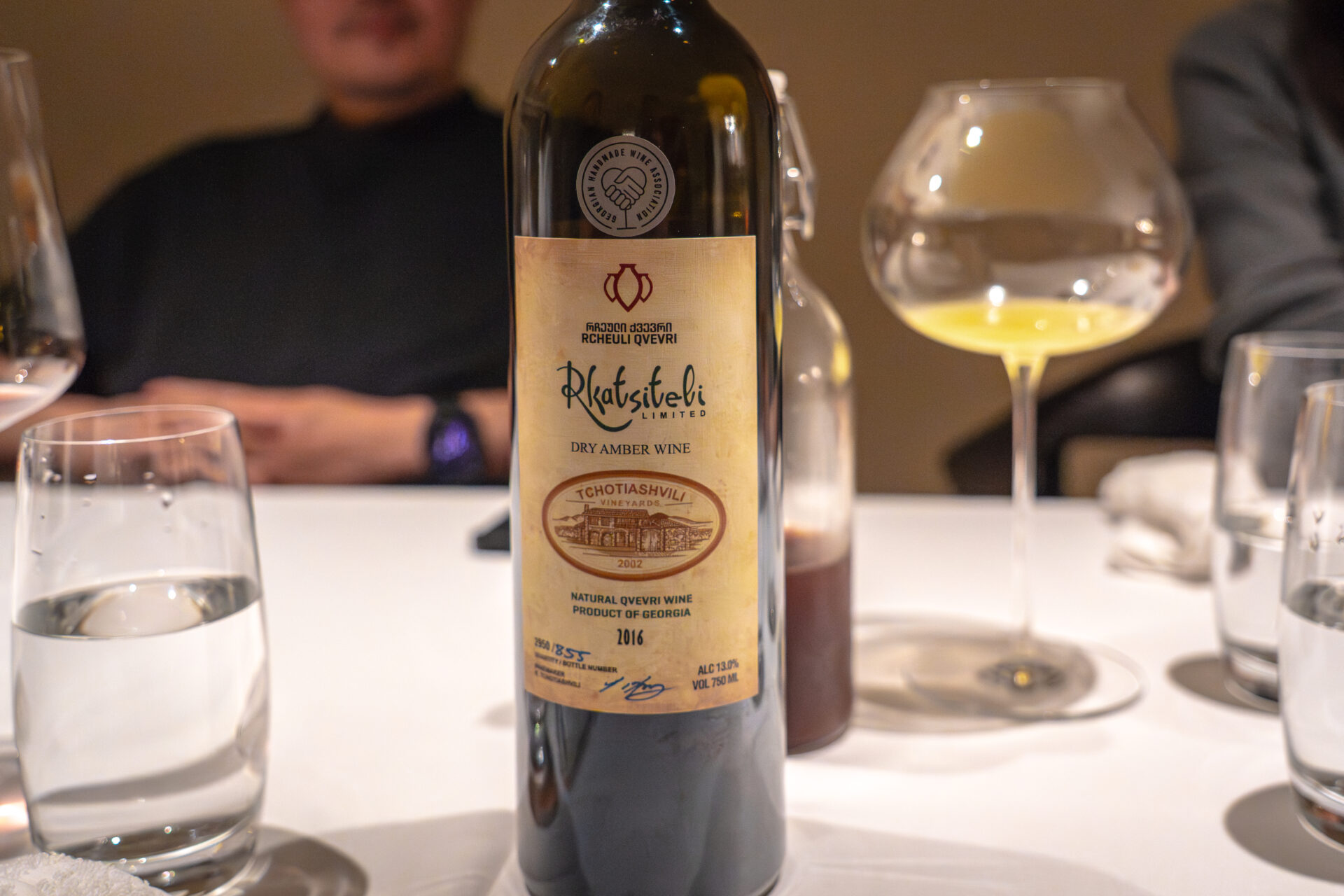
Kagoshima Wagyu
As the main course, thick-cut Kagoshima wagyu was grilled to perfection. The outer sear gave way to a juicy, tender center, unlocking deep flavor from the first bite.
It was paired with a tamarind and amanatsu citrus jam, enhancing the meat’s aroma and depth.
Finished tableside with sauce poured by the chef’s wife, the dish reflected NOCE’s hospitality.
Alongside was their signature Caesar salad. Crisp and lightly salted, it refreshed the palate after the rich beef.
A main dish simple in appearance but rich in technique and thought.
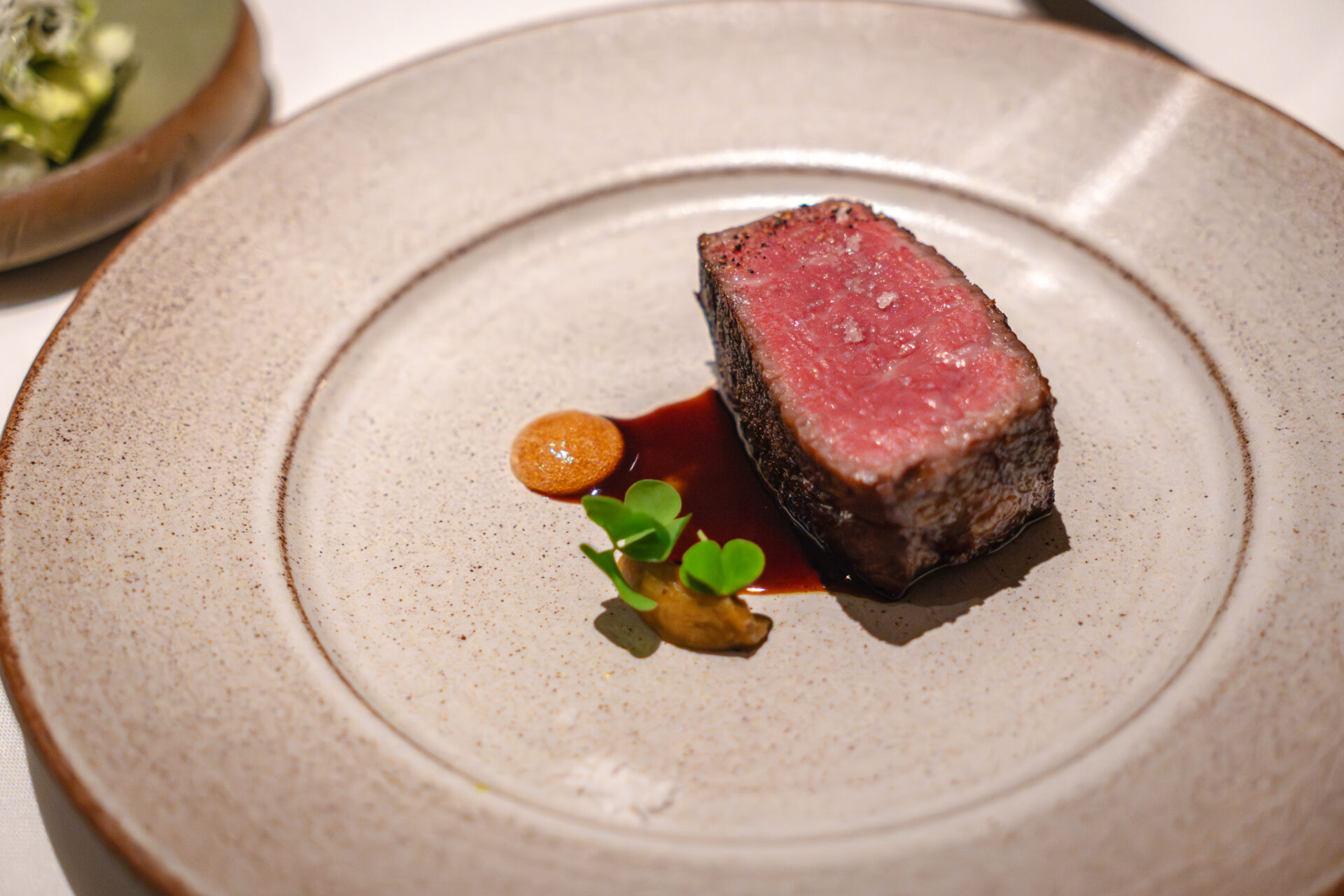
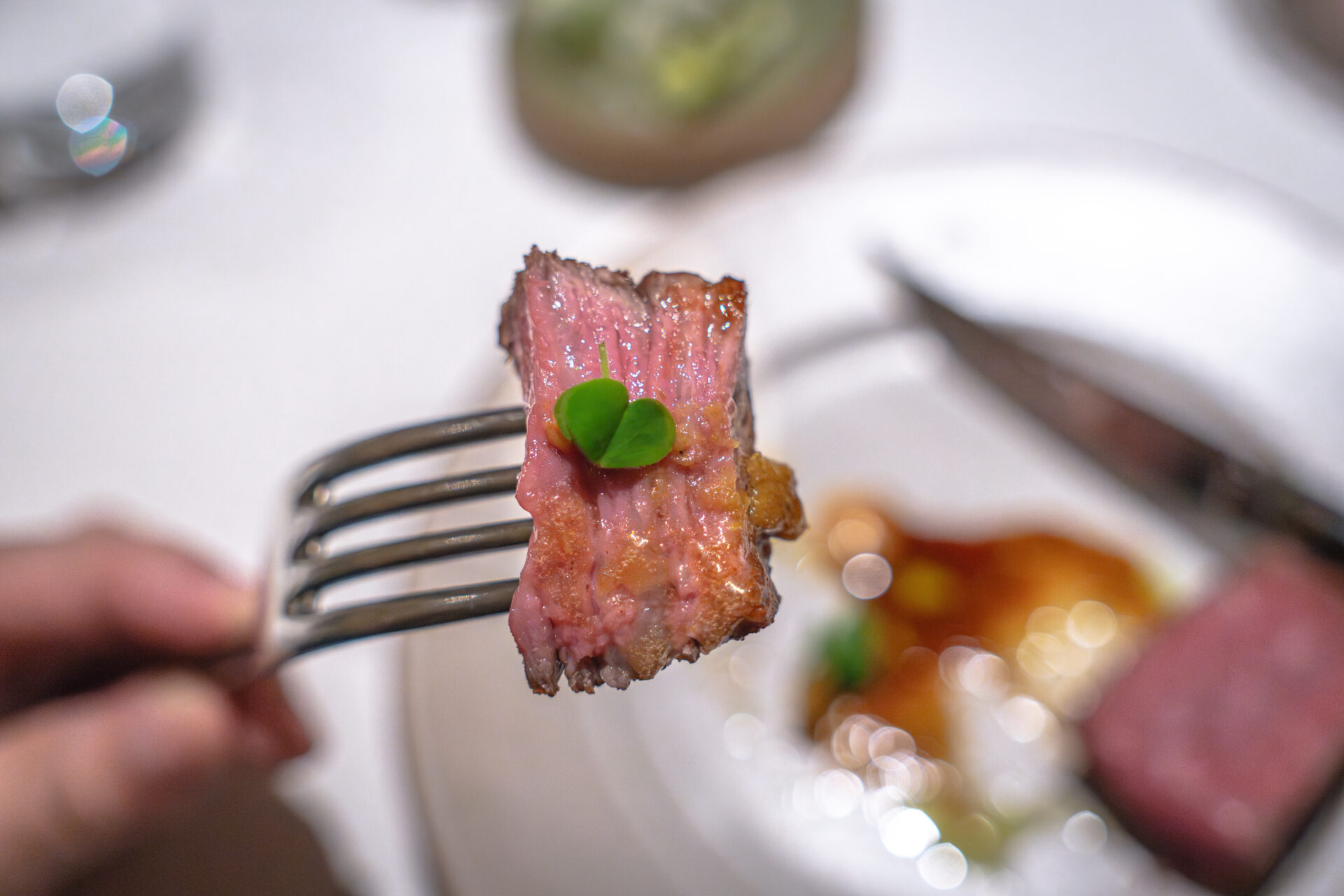
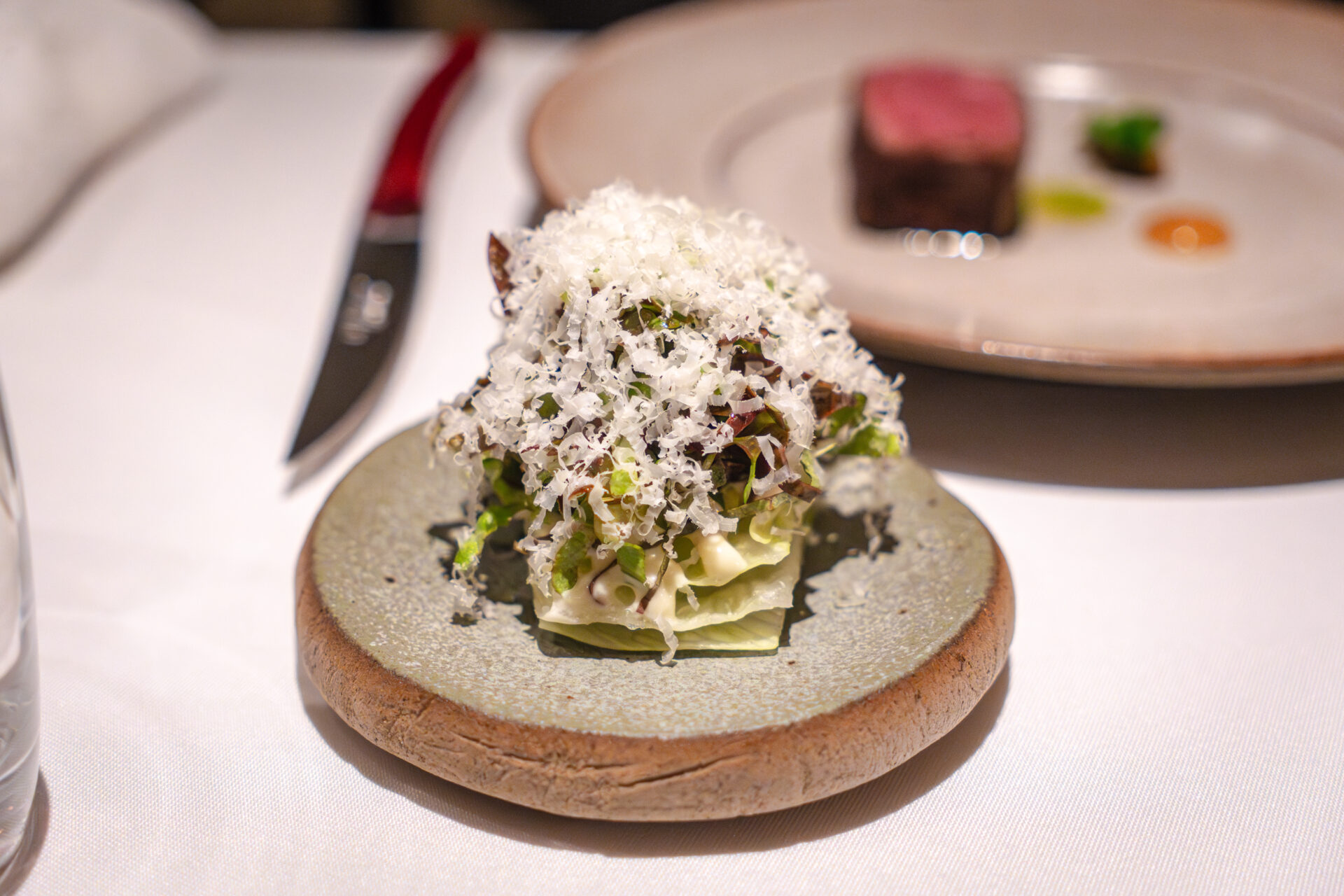
Wine pairing: Tchotiashvili Rkatsiteli Rcheuli Qvevri 2016 (Kakheti, Georgia).
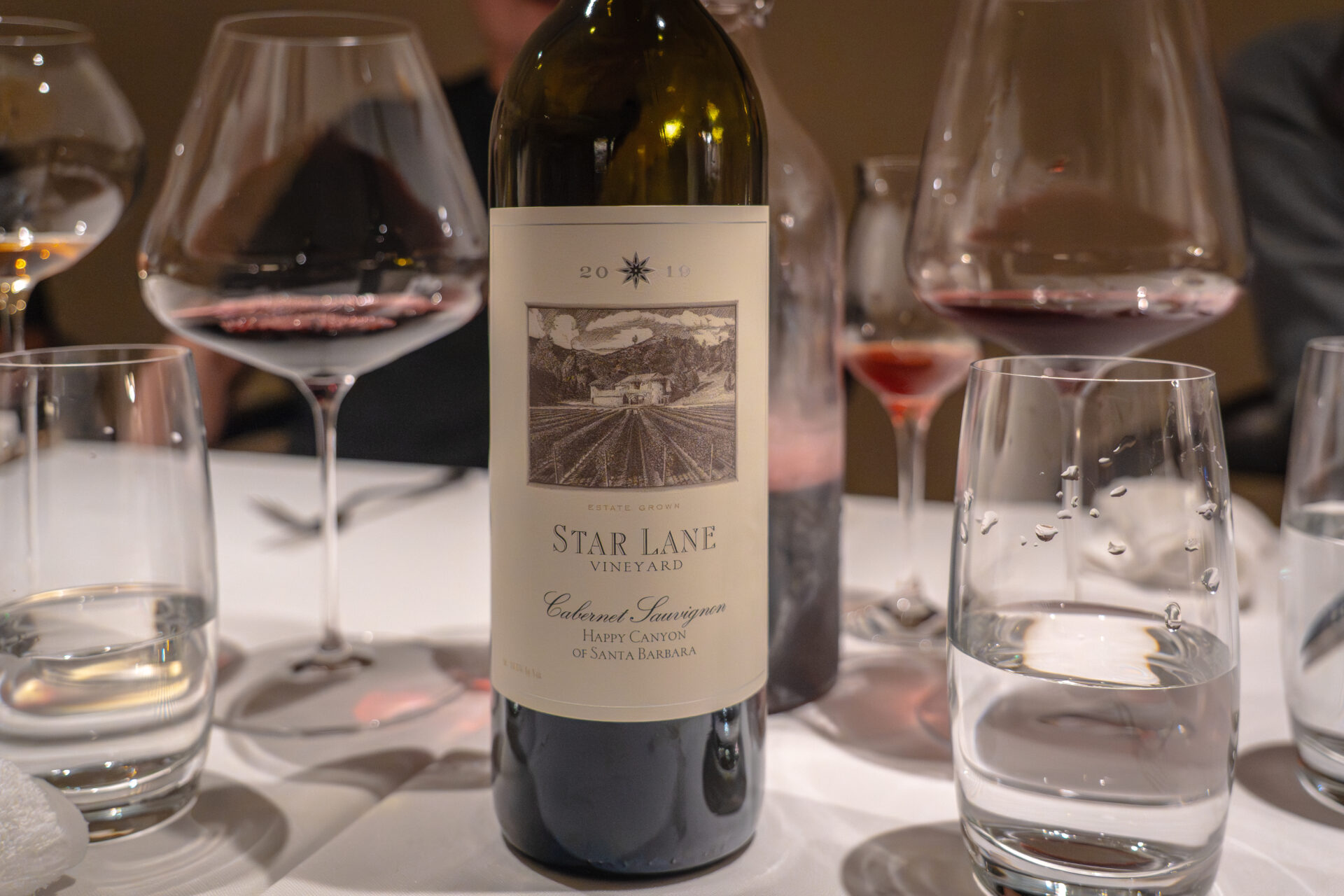
Tagliolini / Fruit Tomato
To conclude the savory courses, a neatly plated tagliolini appeared, its sauce made solely from perfectly ripe fruit tomatoes sourced from Mochida Farm in Ukiha, Fukuoka.
No distractions—just tomato. Its sweet and tangy flavors brought balance and clarity, heightened by the chewy texture of the fresh pasta.
It was the kind of dish you want to finish with bread to savor every last drop. Clean, honest, and deeply satisfying.
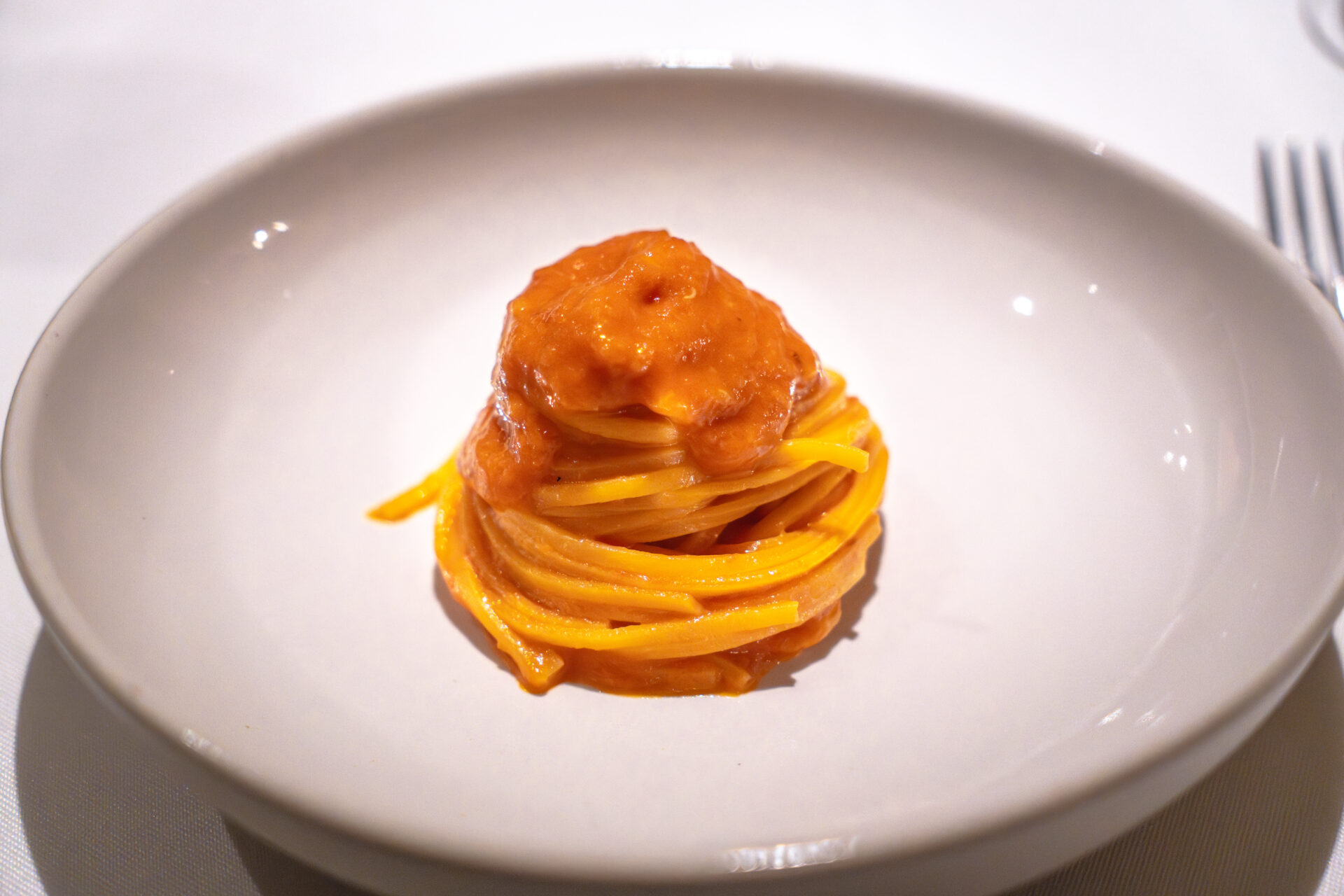
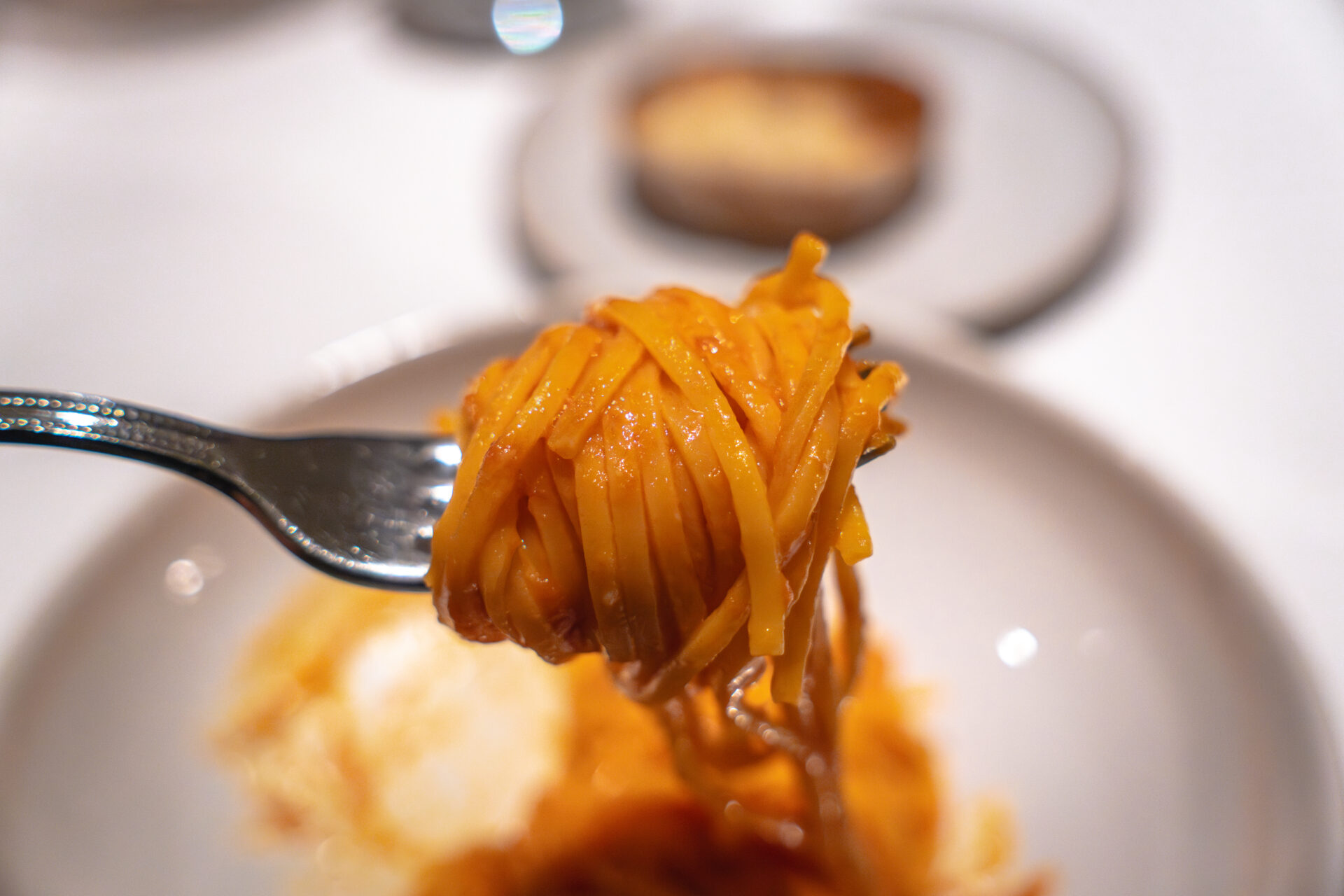
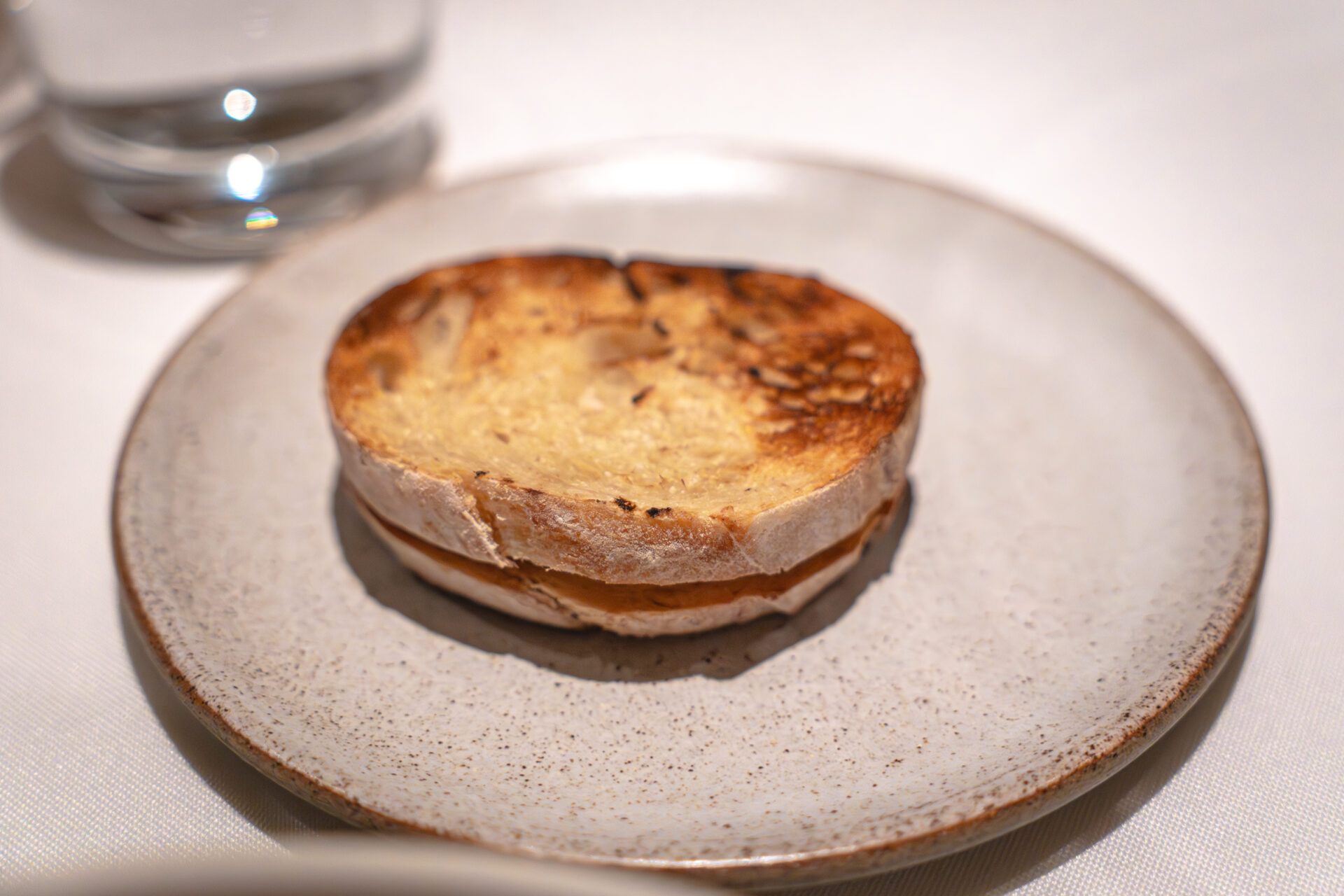
Dessert & Finale
Kiwi / Gin Tonic / Kinome
The first dessert was a refreshing glass that encapsulated the essence of spring. At the base, a compote of kiwi from Fukuoka offered a burst of fresh fruit flavor. On top, layers of gin and tonic granita and kinome (Japanese sansho leaf) ice cream added complexity.
As you taste it, the bitterness of gin and the zest of lime unfold gracefully, while the kinome ice cream brings a gentle, herbal coolness. An oil infused with sansho added depth, making each spoonful a layered symphony of spring aromas.
It was a cool and sophisticated dish that gently reset the palate. A chocolate message reading “Happy Wedding” adorned the plate—a warm surprise from close friends that added joy to the moment.
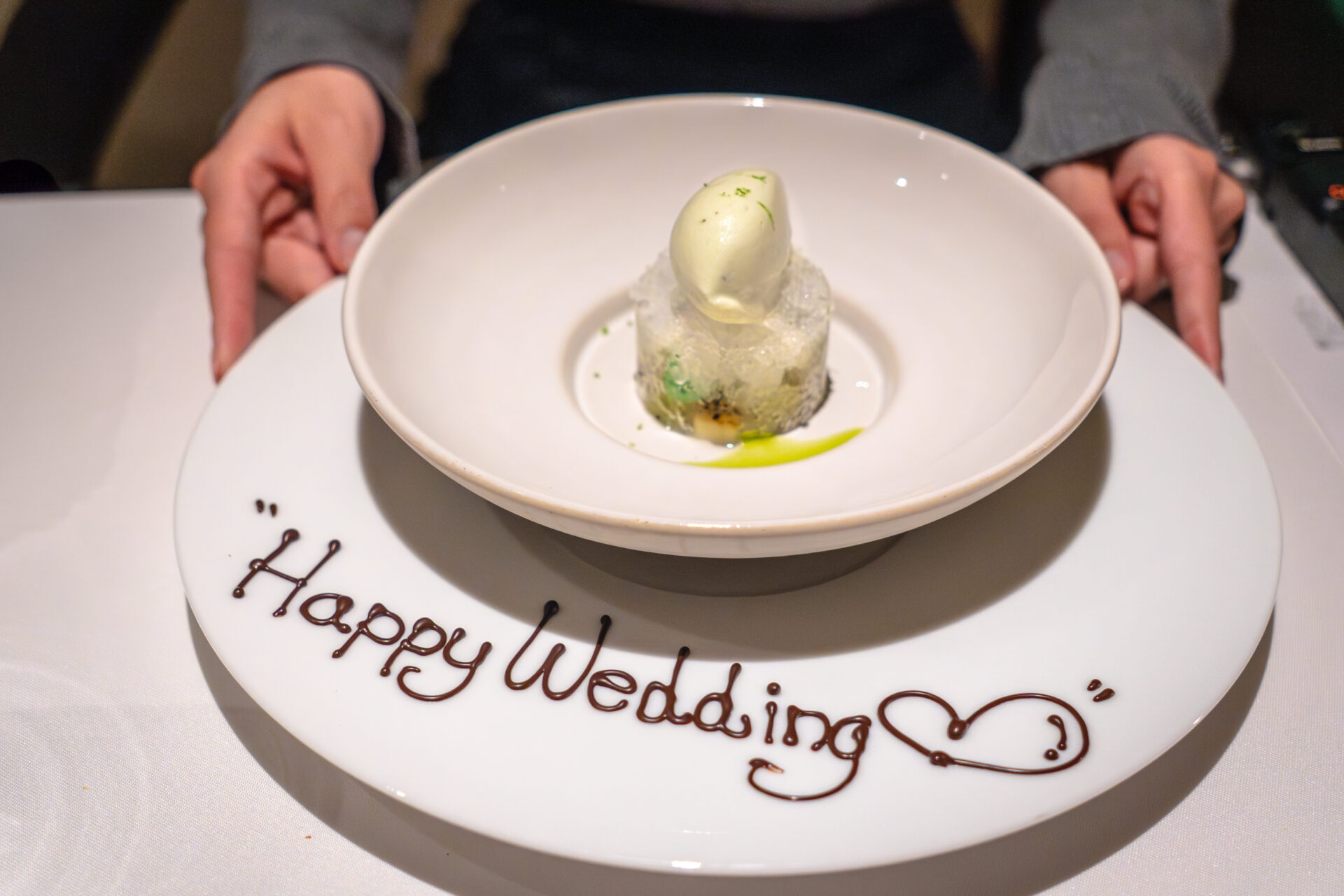
Brown Sugar Ice Cream
The second dessert brought a slow, sweet calm. Brown sugar ice cream offered a deep, nostalgic richness right from the first bite. Its flavor was gentle, its aroma soft, and it melted on the tongue in a comforting way.
A dish without flash, but with a quiet lingering grace—perfect for the closing of the meal.
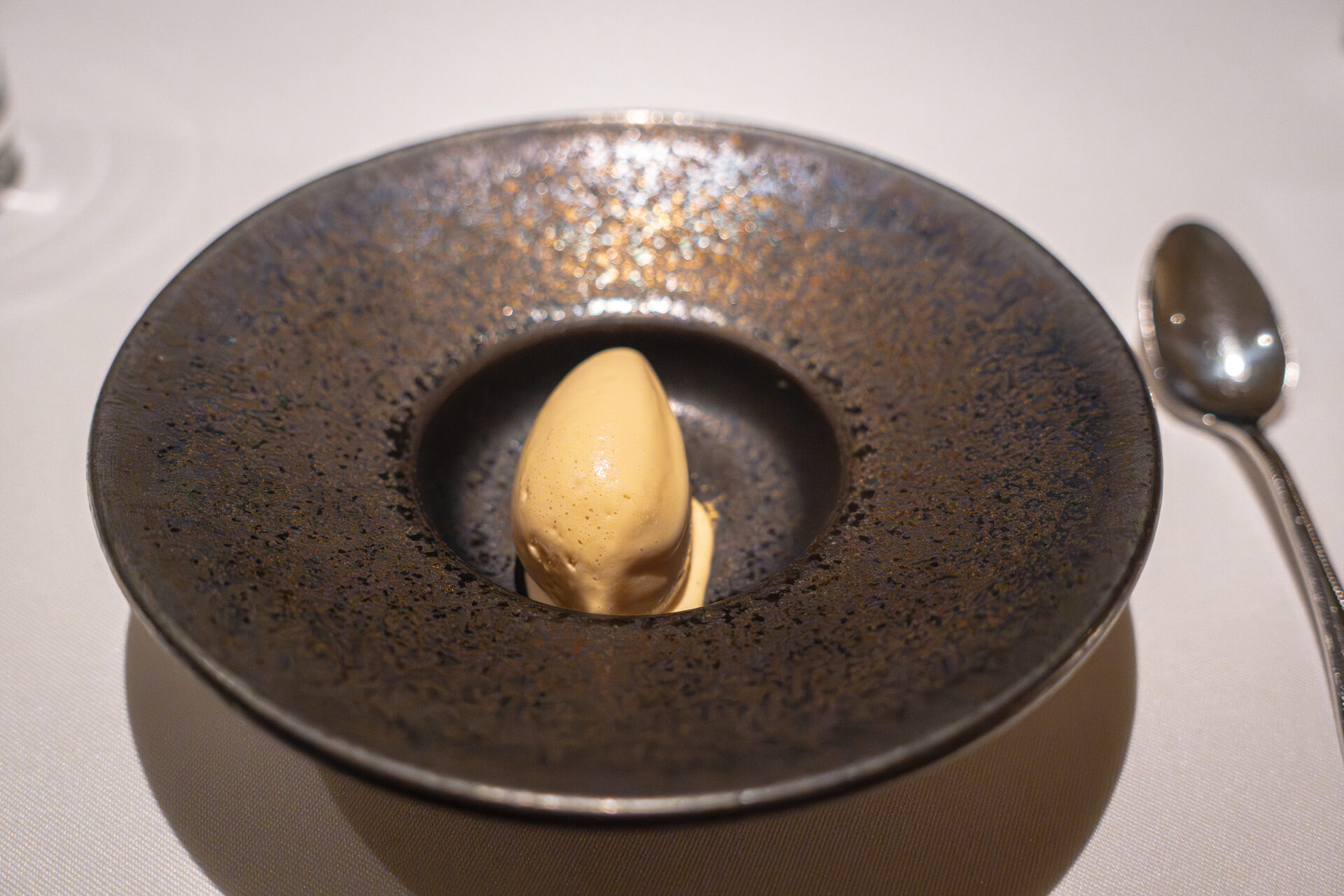
Pairing: Amami kokuto shochu “Takakura” by Kaiun Shuzo (Kagoshima)
Paired with the brown sugar ice cream was a surprising choice: kokuto shochu “Takakura.”
The clean, sharp character of the shochu balanced the dense sweetness of the ice cream, creating a layered finish that was far more than just sweet.
It was a clever reversal—where the food elevated the drink, not just the other way around. The harmony of “brown sugar × brown sugar” was reimagined with a sense of refinement and play.
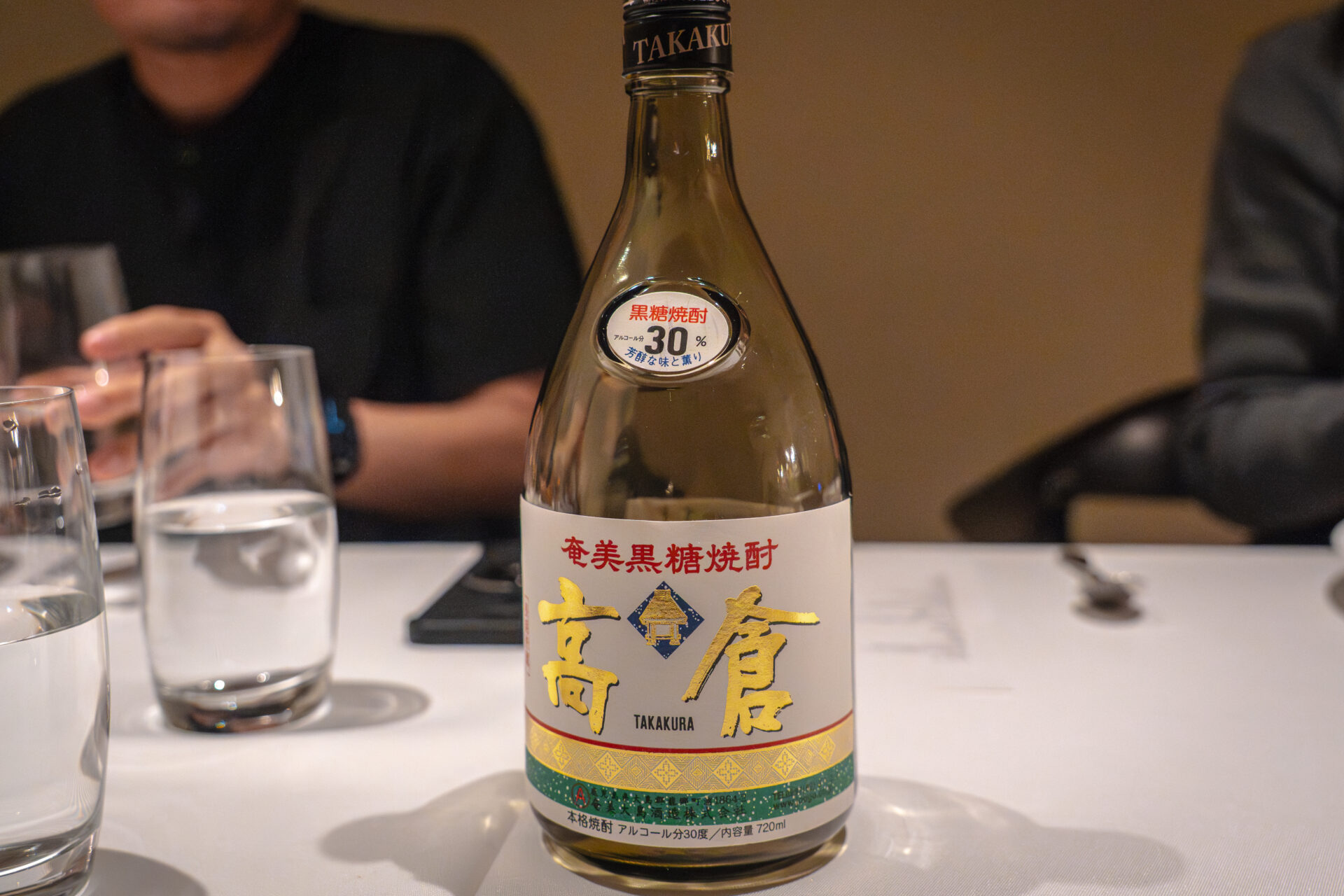
Charcoal-Grilled Strawberry Panna Cotta
The final plated dessert was a visually striking panna cotta. Topped with sauce made from strawberries charred over charcoal, the roasted fruit brought out bold aroma and gentle acidity.
This dark, smoky strawberry profile layered beautifully over the silky panna cotta, offering a quiet but lasting finish—subtle yet impactful.
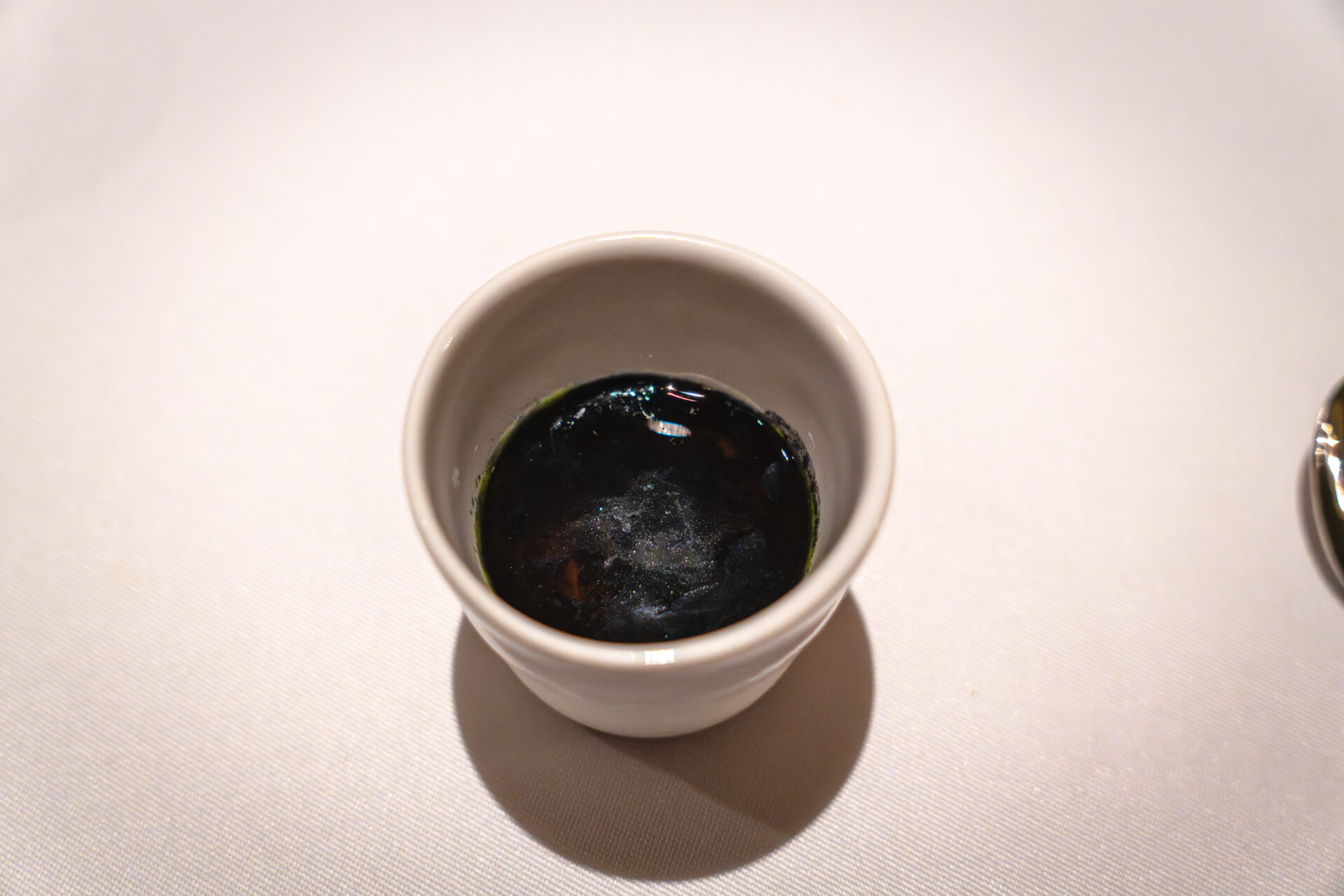
Petit Four: Rolled Tiramisu
The very last bite was a petite rolled tiramisu. Despite its cute appearance, it delivered a serious flavor. The cream, wrapped in a thin, crisp shell, was exquisitely delicate and melted instantly in the mouth.
A refined take on a classic that left us wishing it were available for sale—a petit four with unexpected presence.
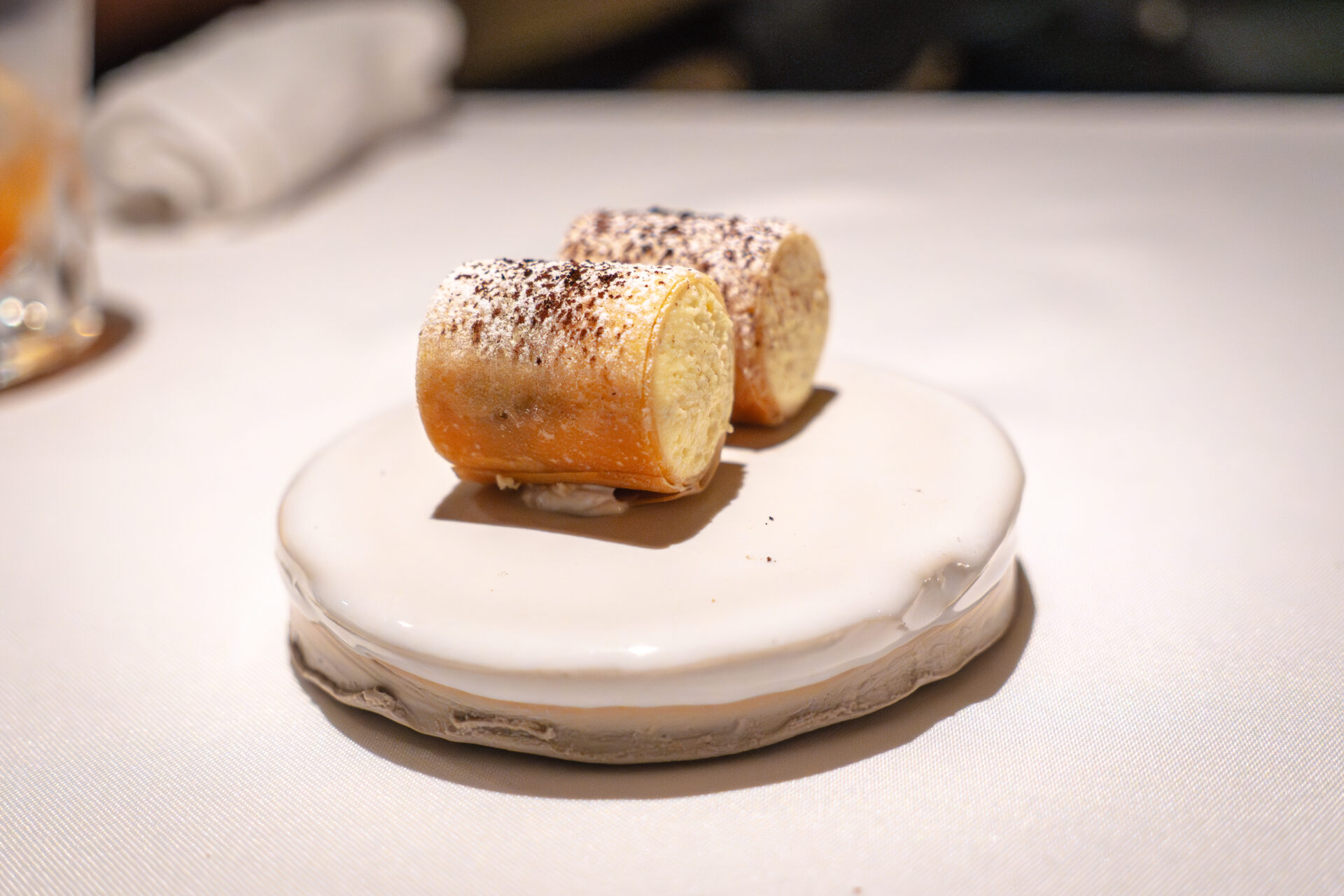

Summary & Impressions
Every plate first captivated with visual beauty—the color of ingredients, harmony with the vessel, and delicate touches of flowers and leaves. Each element resonated without overpowering the others, like a quietly harmonious piece of music.
Even the most surprising ingredient combinations felt completely natural. Acidity and sweetness, umami and aroma, contrasting textures—all perfectly balanced, a testament to exceptional sensibility.
Rather than overwhelming with explanation, each dish left space for personal interpretation. That room for emotional response made the experience quietly profound.
A particularly memorable scene: the chef working beside his daughter in the kitchen. Without words, their trust and calm energy communicated everything. His presence—both as a father and as a chef—seemed to gently permeate the cuisine itself.
Beauty, structure, intuition, and technique—all woven together with familial warmth. It was a quietly unforgettable evening.
NOCE is a place I will surely return to.
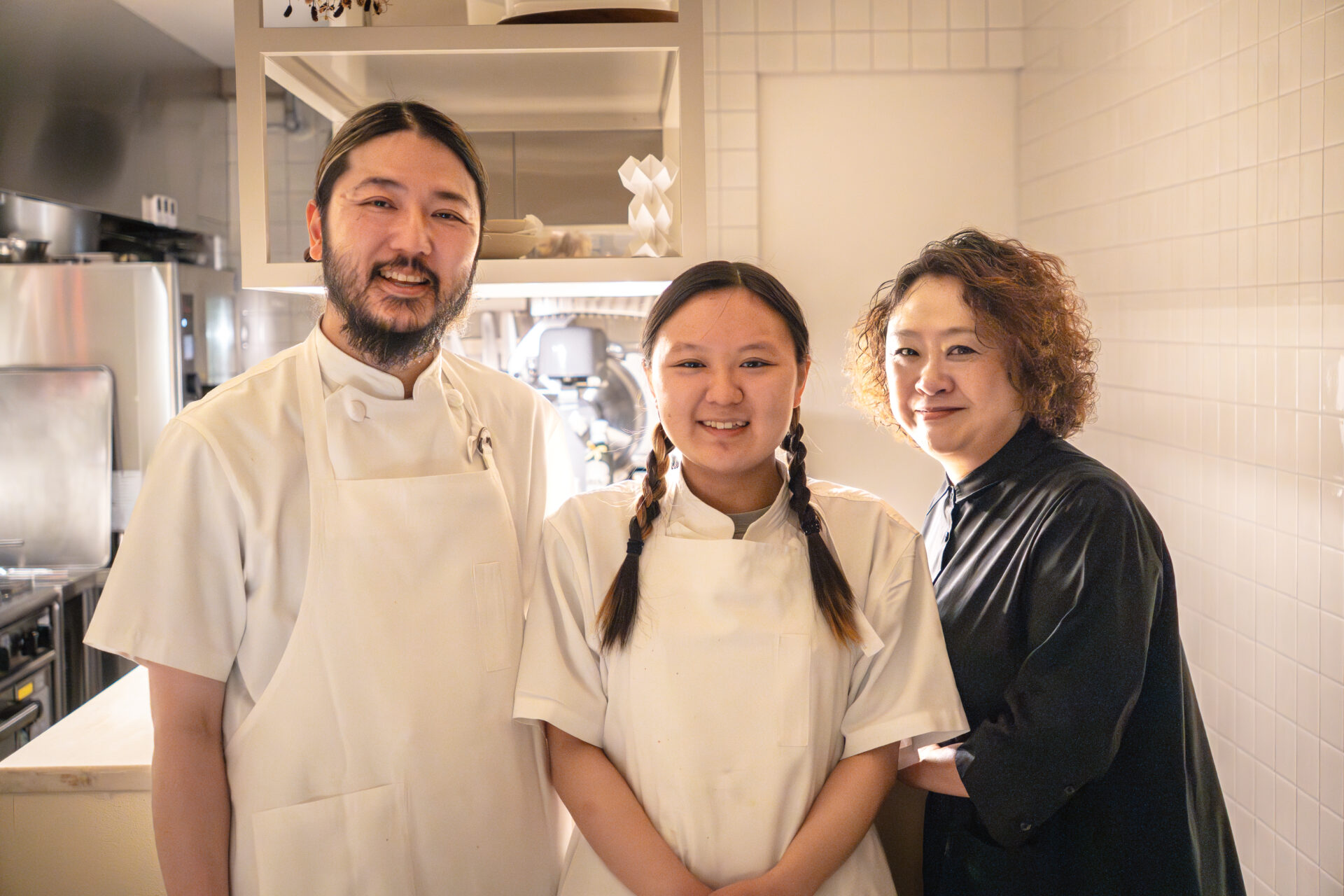
Reservation & Access Information
Reservations
- By Reservation Only: All visits require a reservation.
- Online Preferred: Reservations are primarily accepted online, though phone bookings are also possible.
- Phone: 092‑791‑5202 (Please check for current reception hours)
- Online Booking: Available via platforms such as TableCheck.
Access
- Address: 1F, 5‑4‑17 Hirao, Chūō-ku, Fukuoka-shi, Fukuoka, Japan
- Nearest Station: Approximately 10-minute walk (718 meters) from Nishitetsu Hirao Station
- Parking: No on-site parking information available. Guests arriving by car are encouraged to use nearby coin-operated parking lots.
Business Hours
- Closed: Mondays (irregular closures may occur—check official SNS or reservation platforms for updates)
Lunch
- Thursday to Sunday: Starts at 12:00 PM (Entry allowed 10 minutes before)
Dinner
- Tuesday & Wednesday: Two seatings at 6:00 PM and 7:00 PM (Simultaneous start; arrive 10 minutes prior)
- Thursday to Sunday: Seatings at 12:00 PM, 6:00 PM, and 7:00 PM (some exceptions may apply)
Note: Both lunch and dinner are served in a unified start system. Please arrive on time for your reserved slot.

